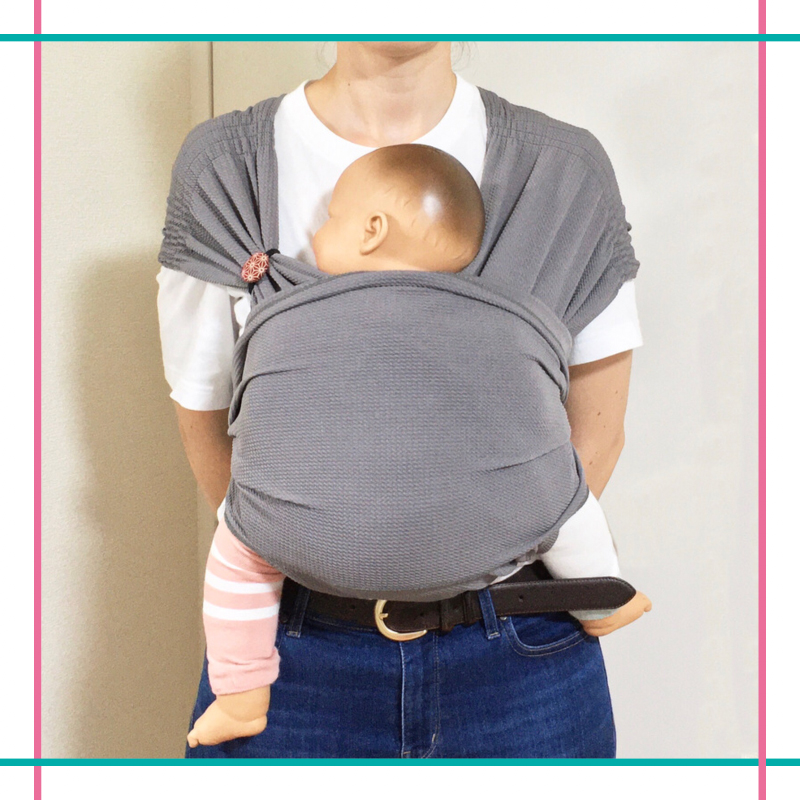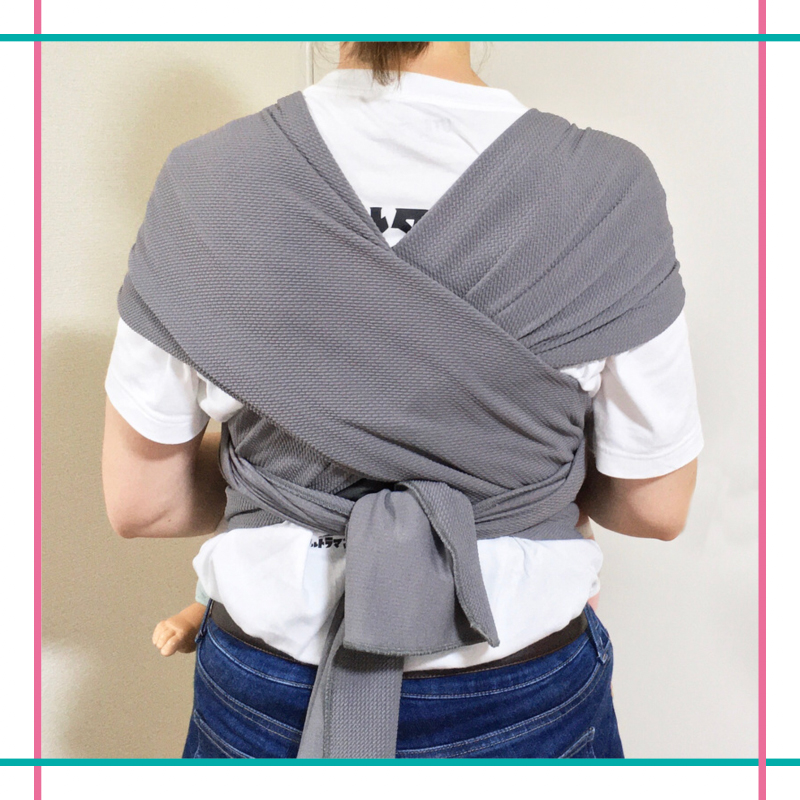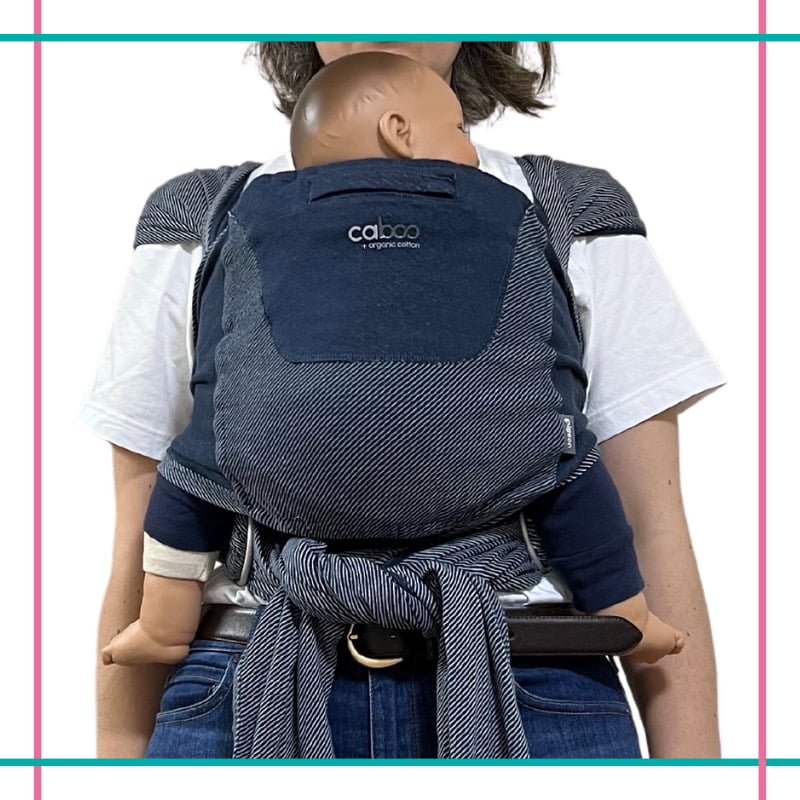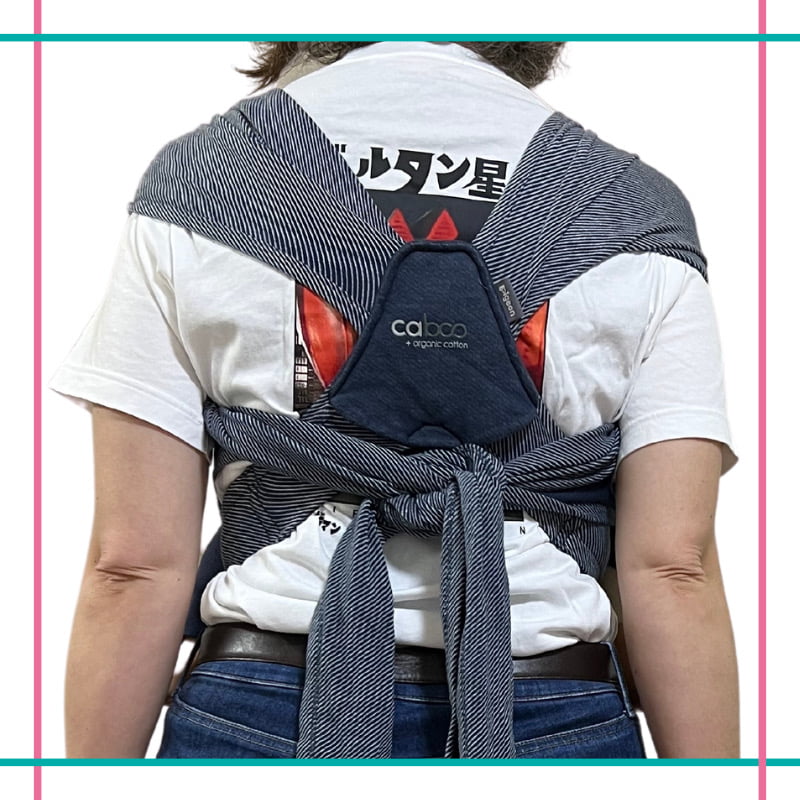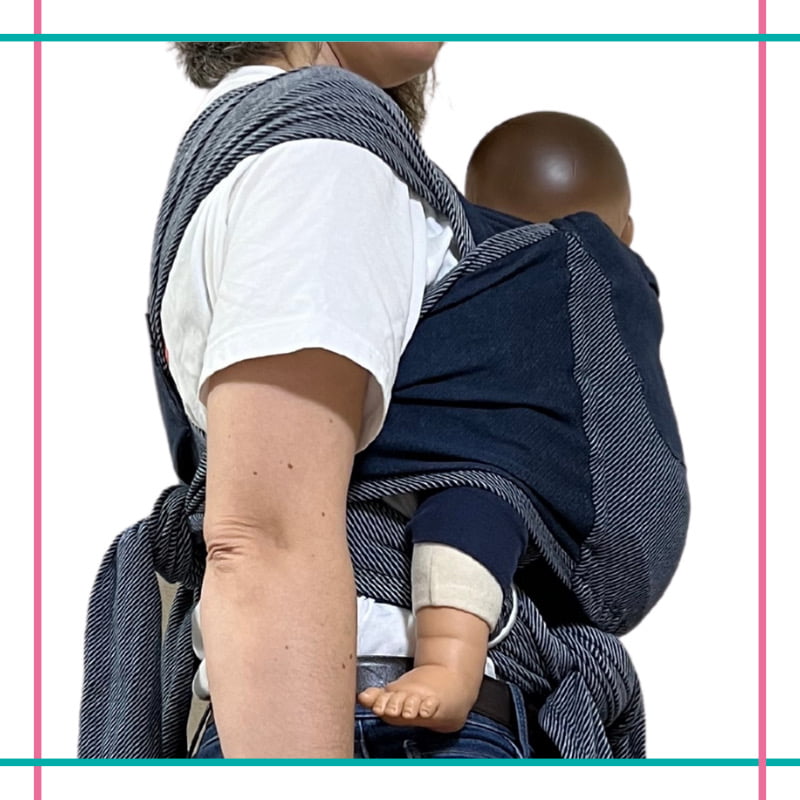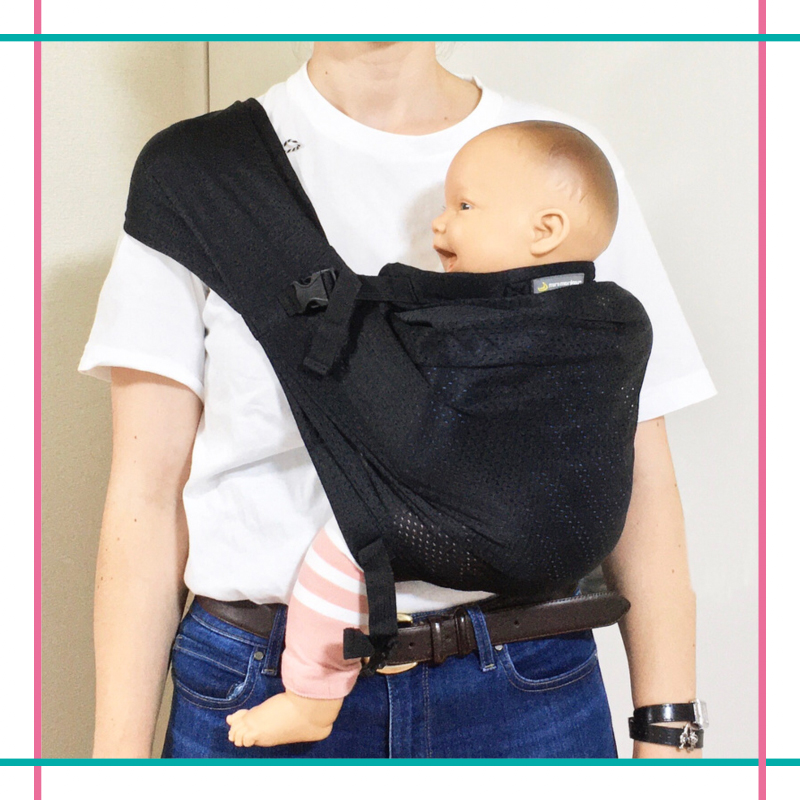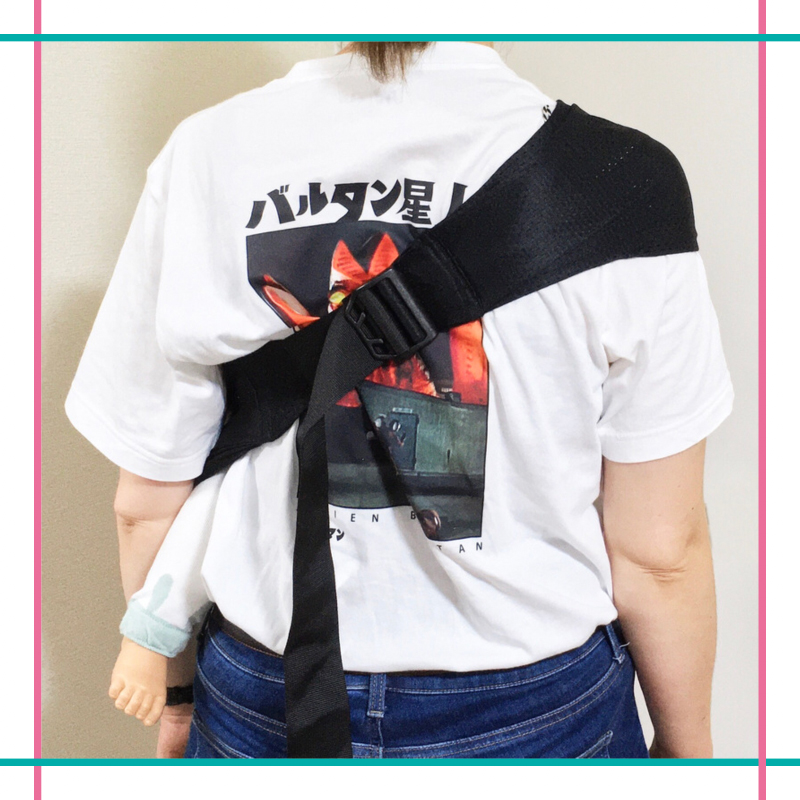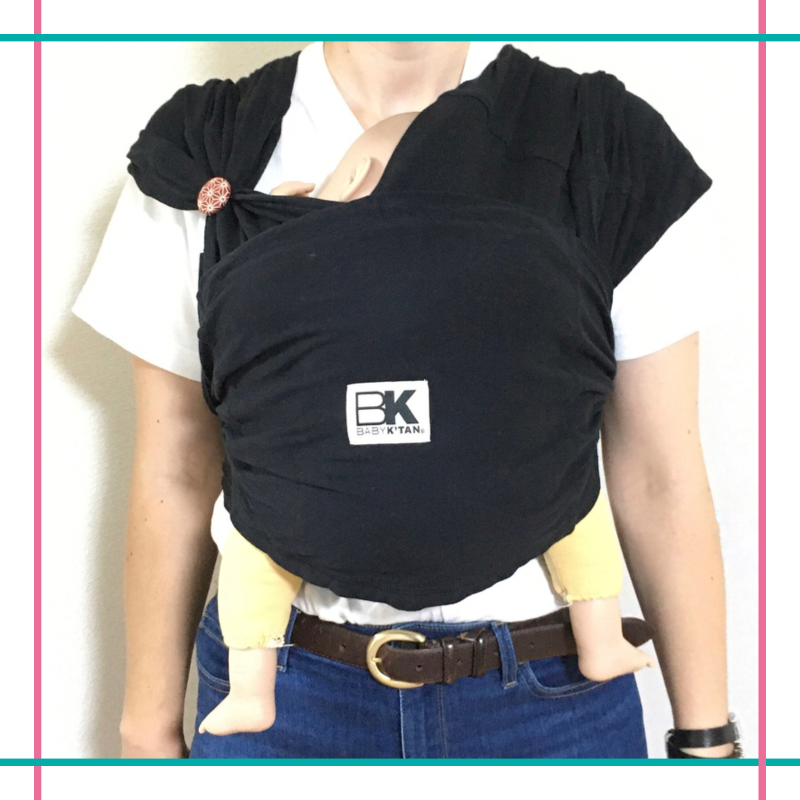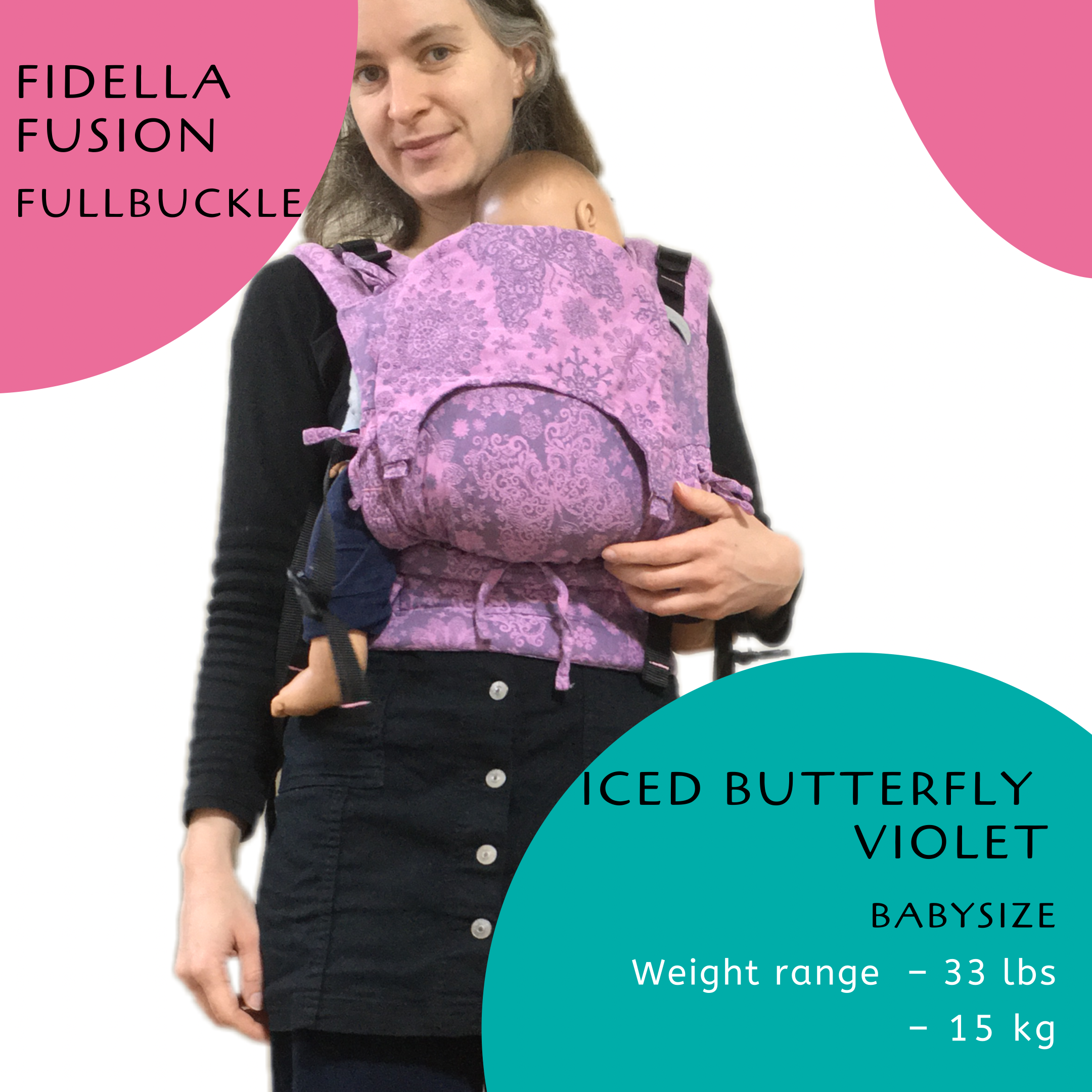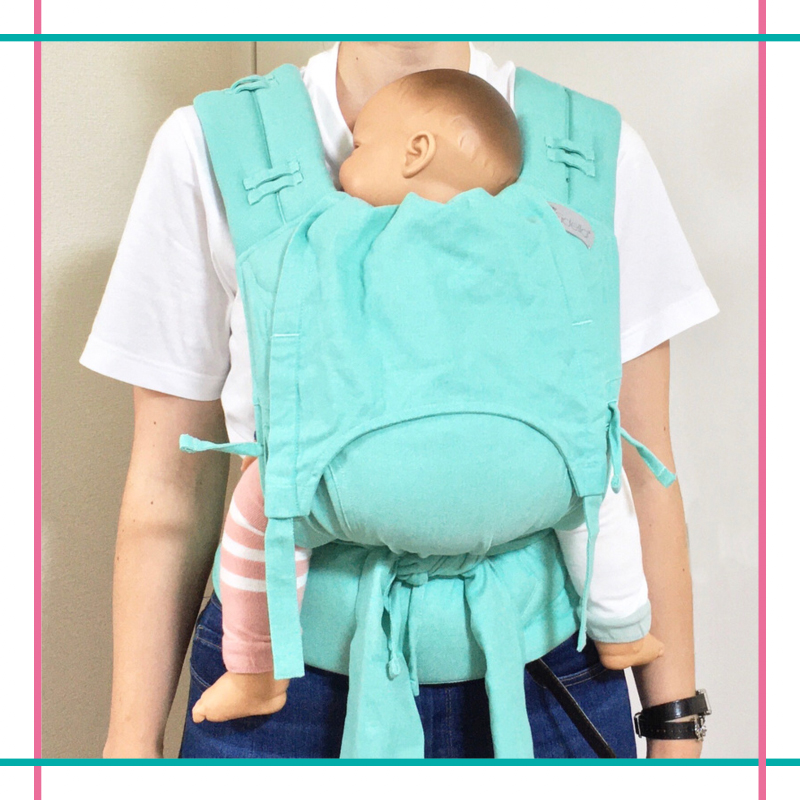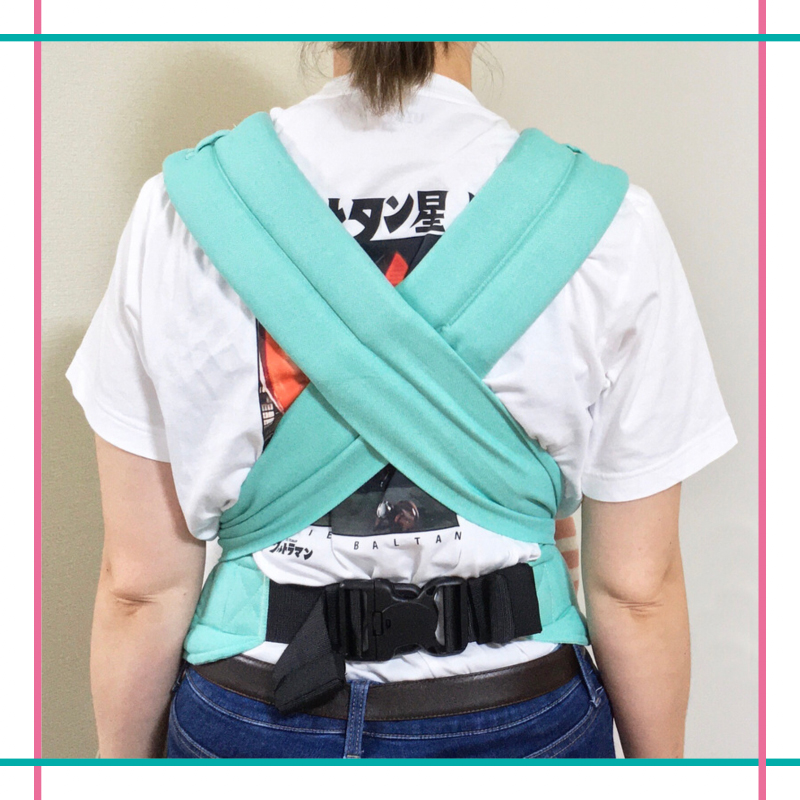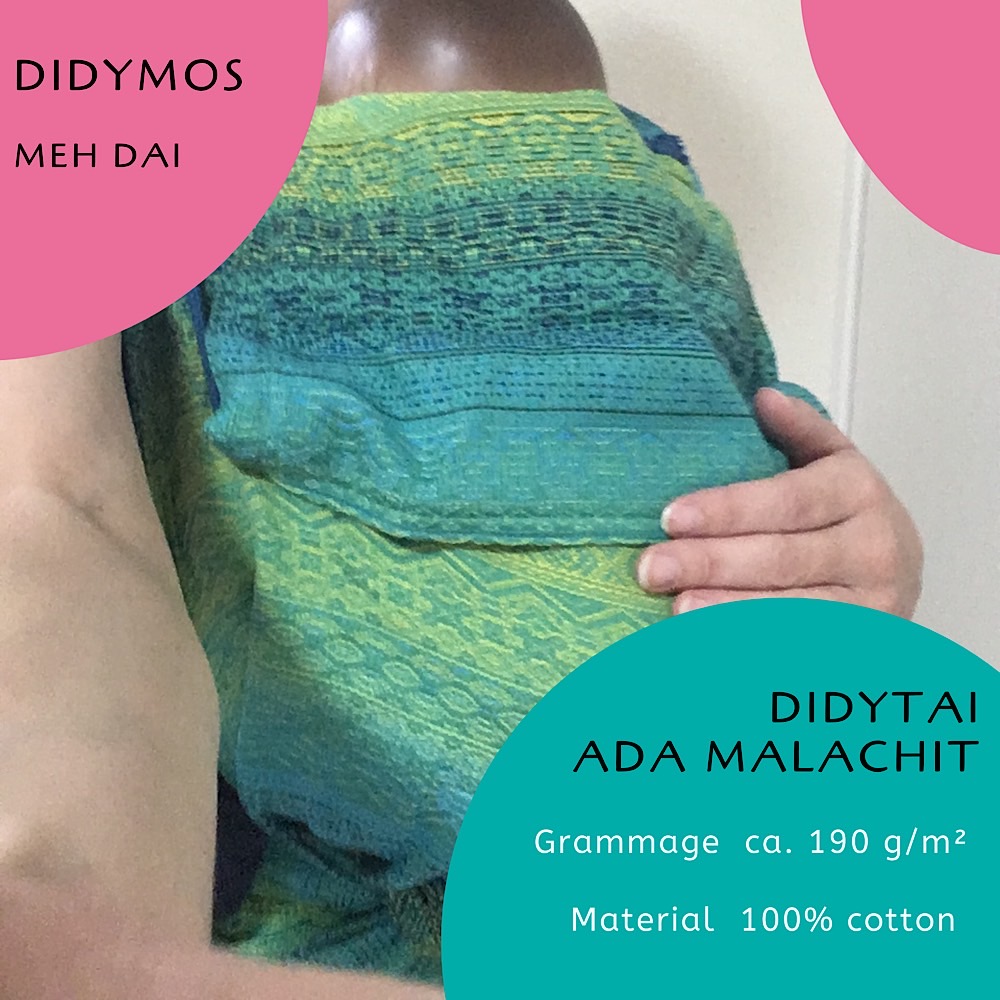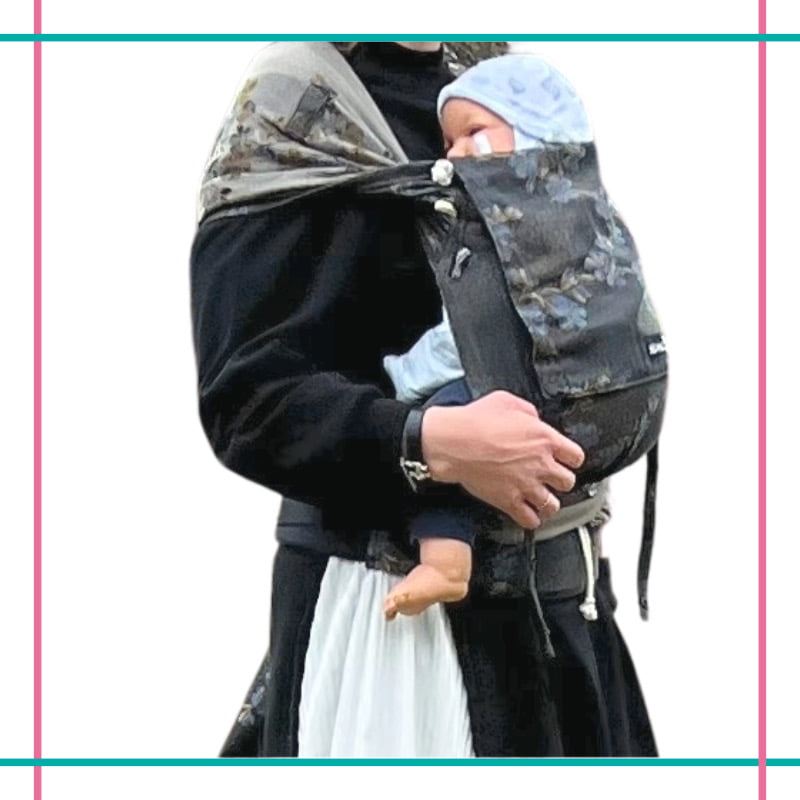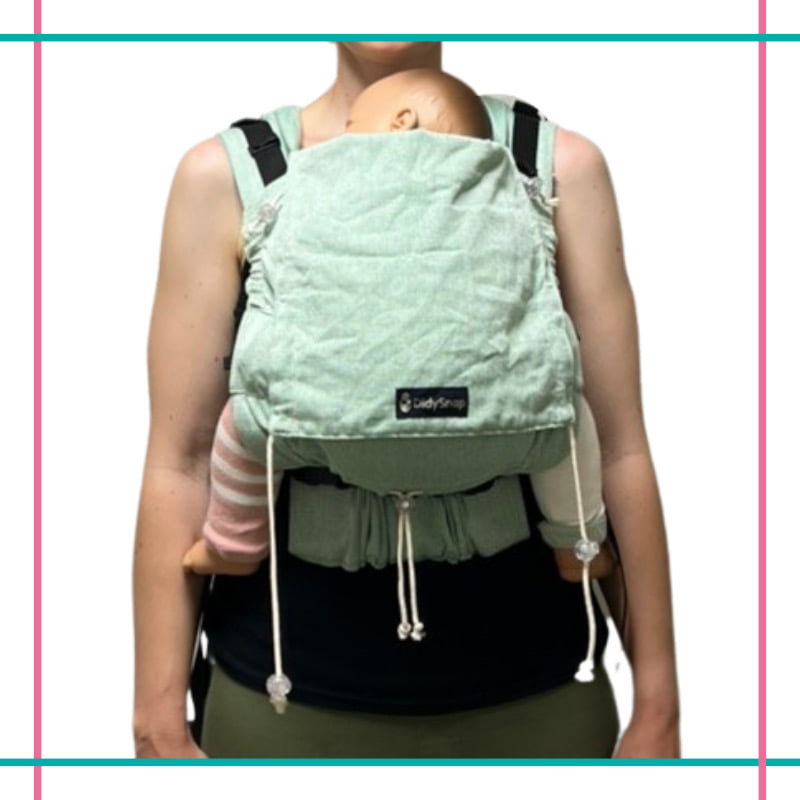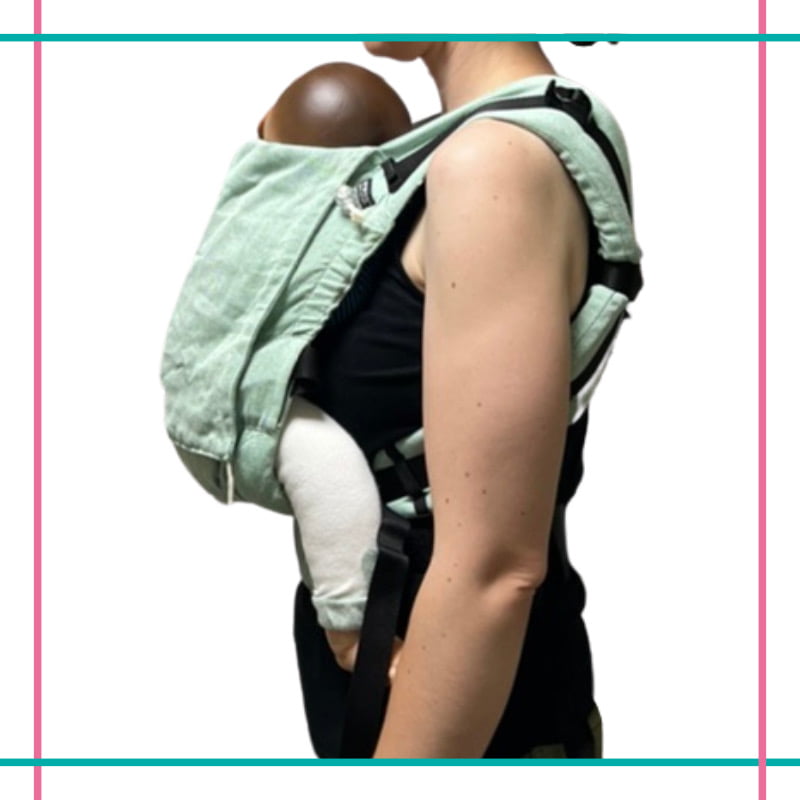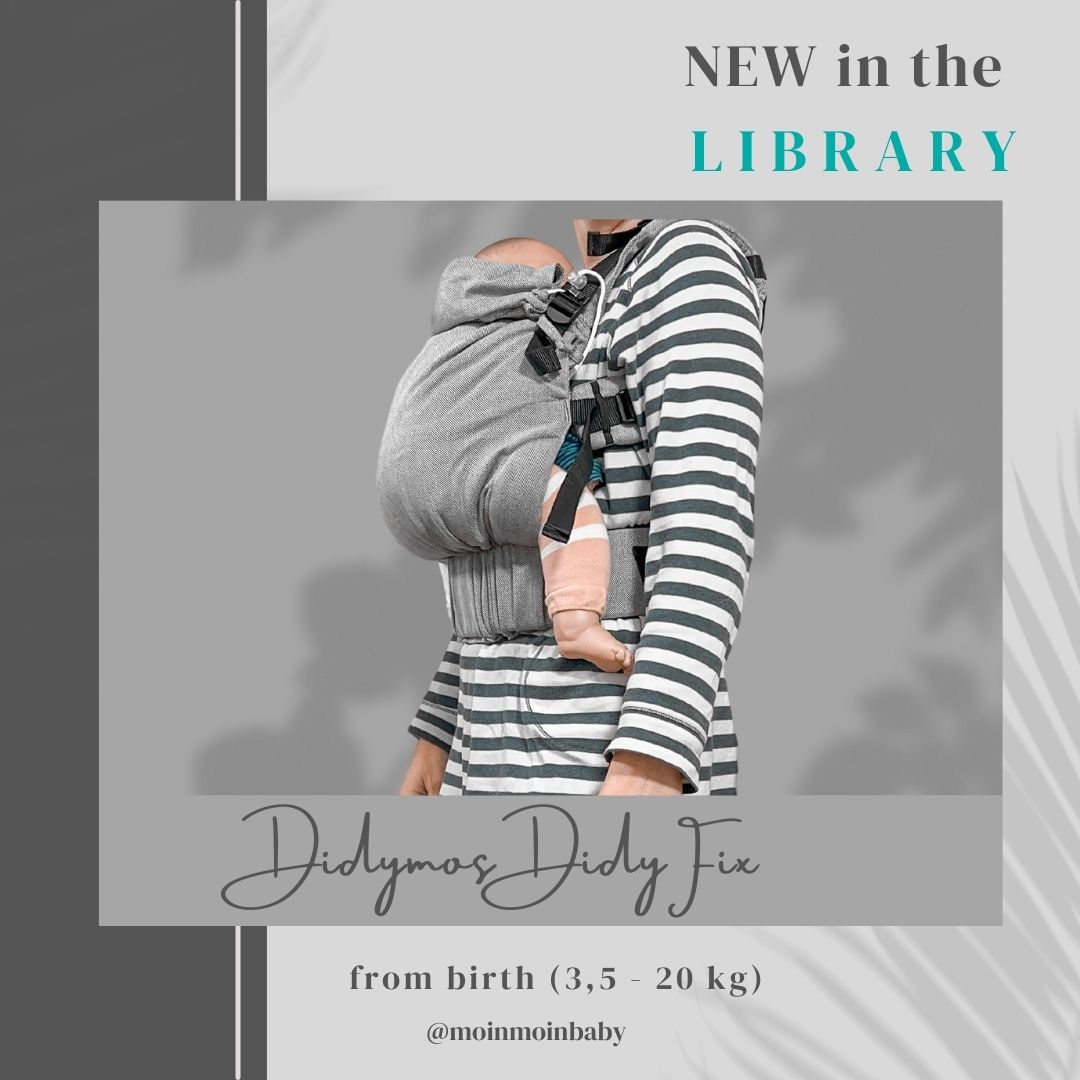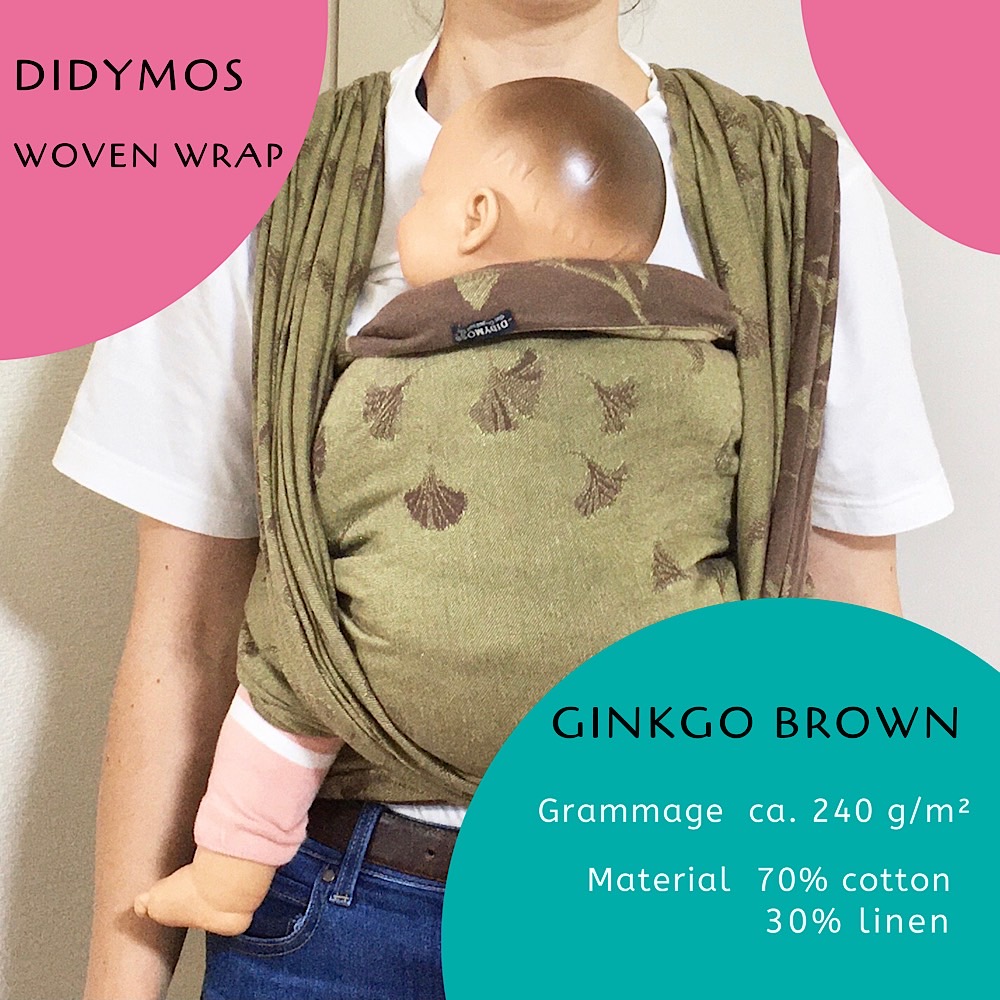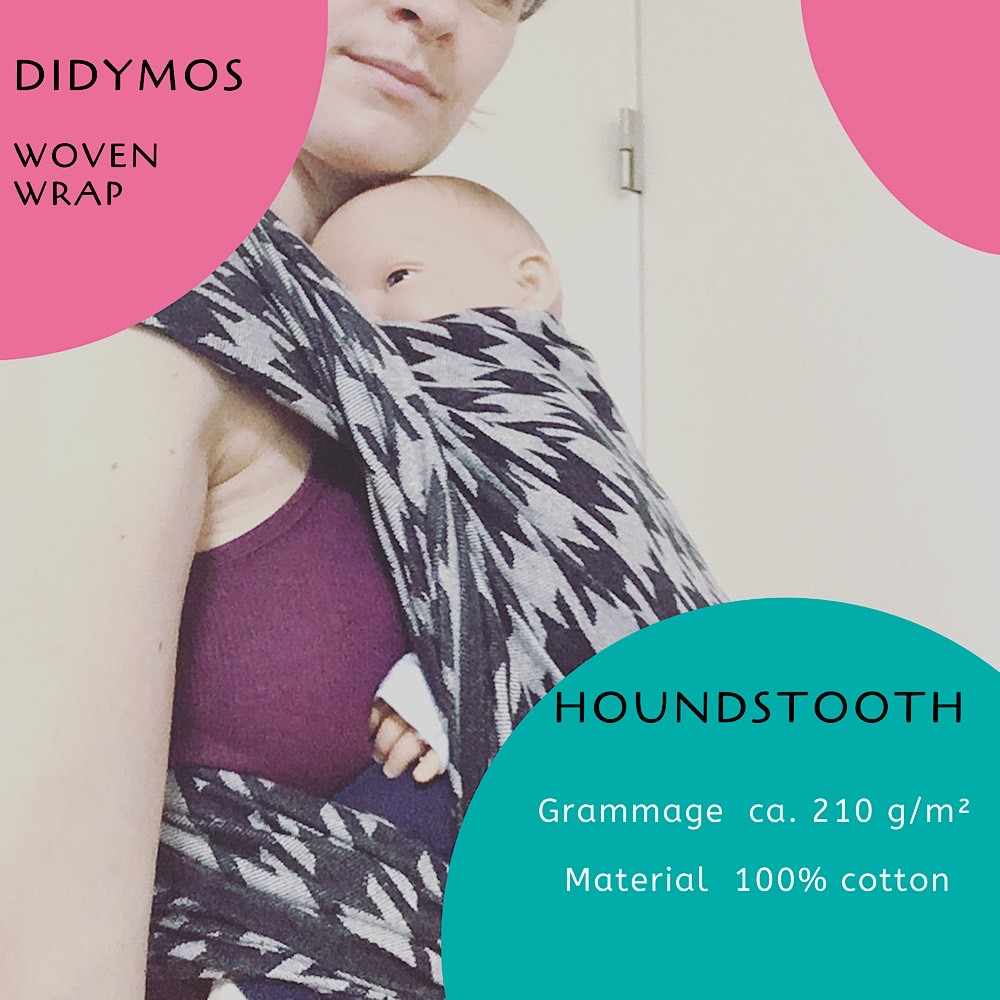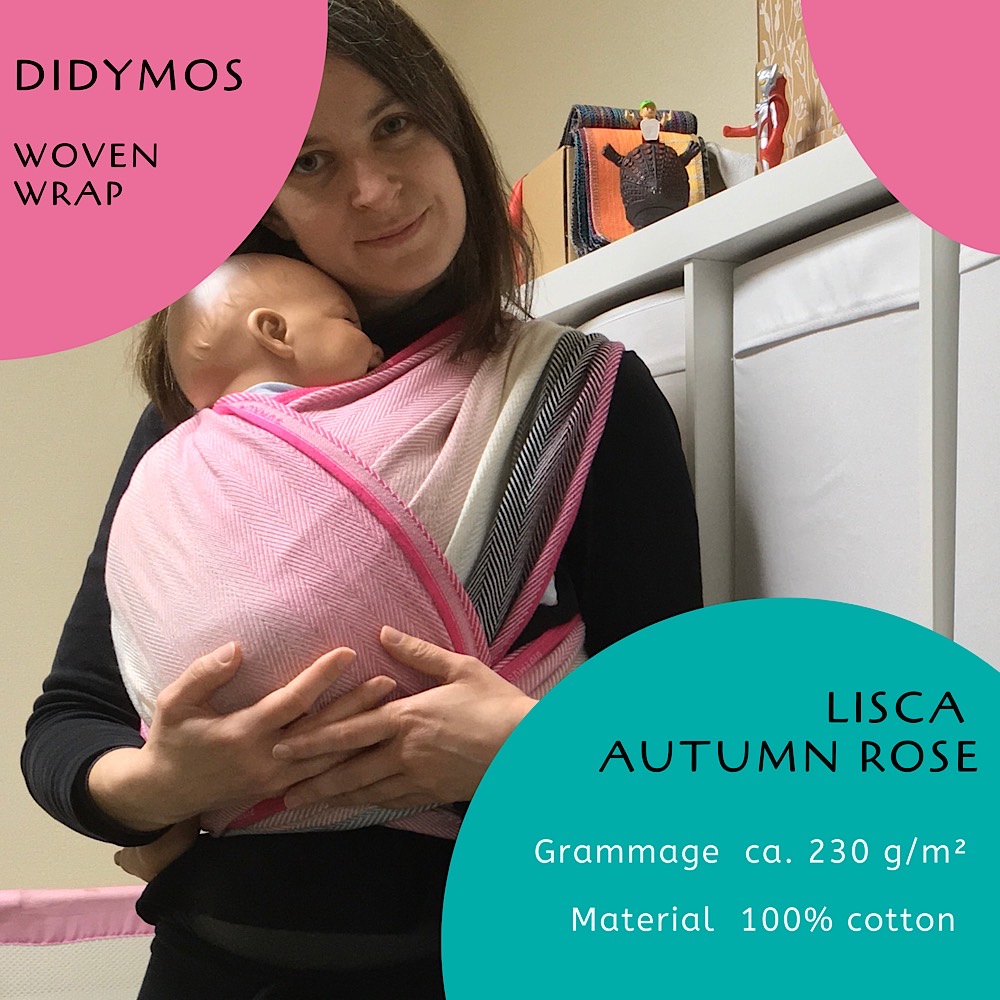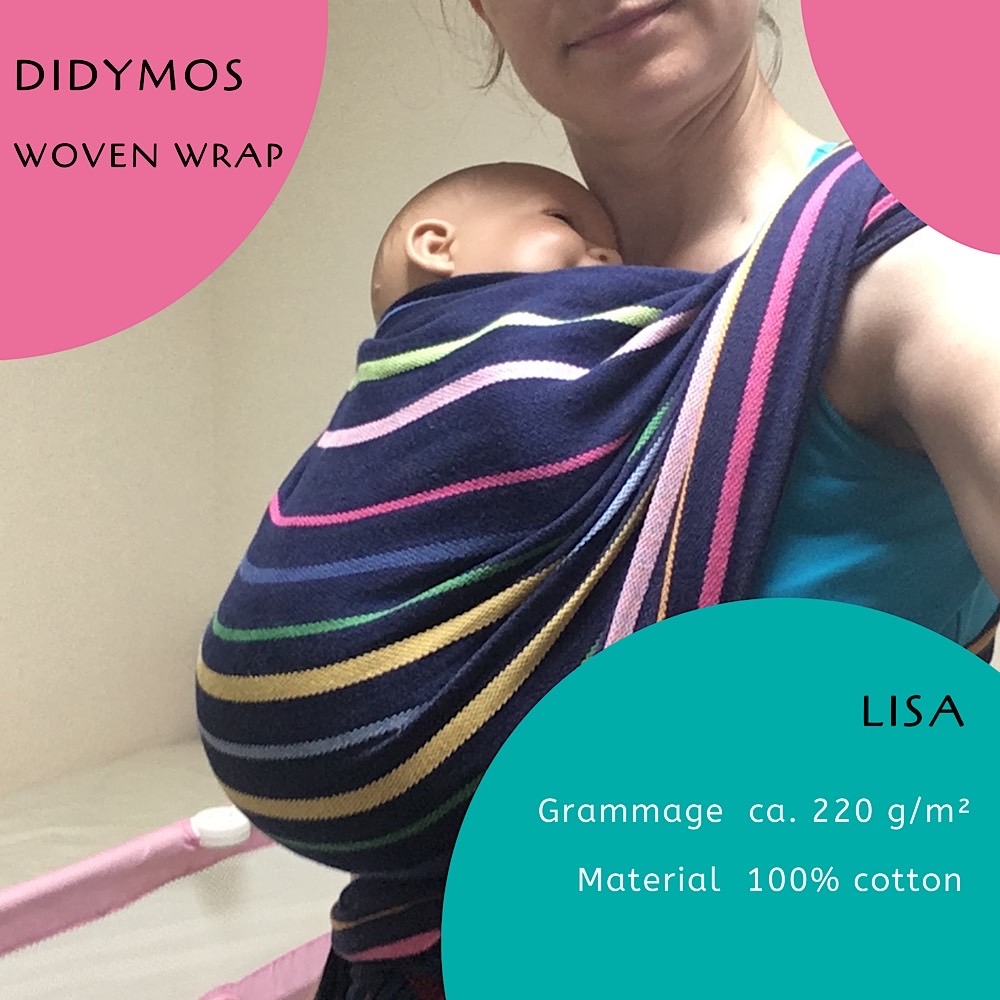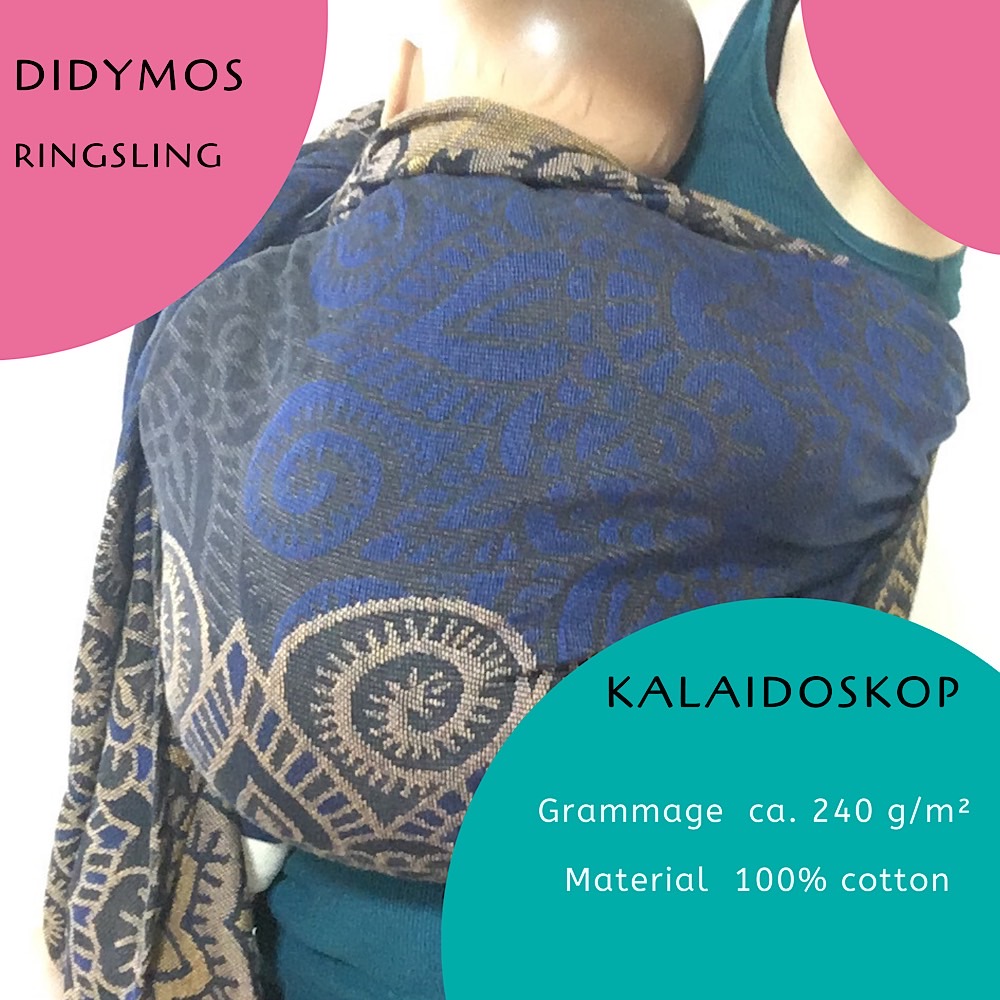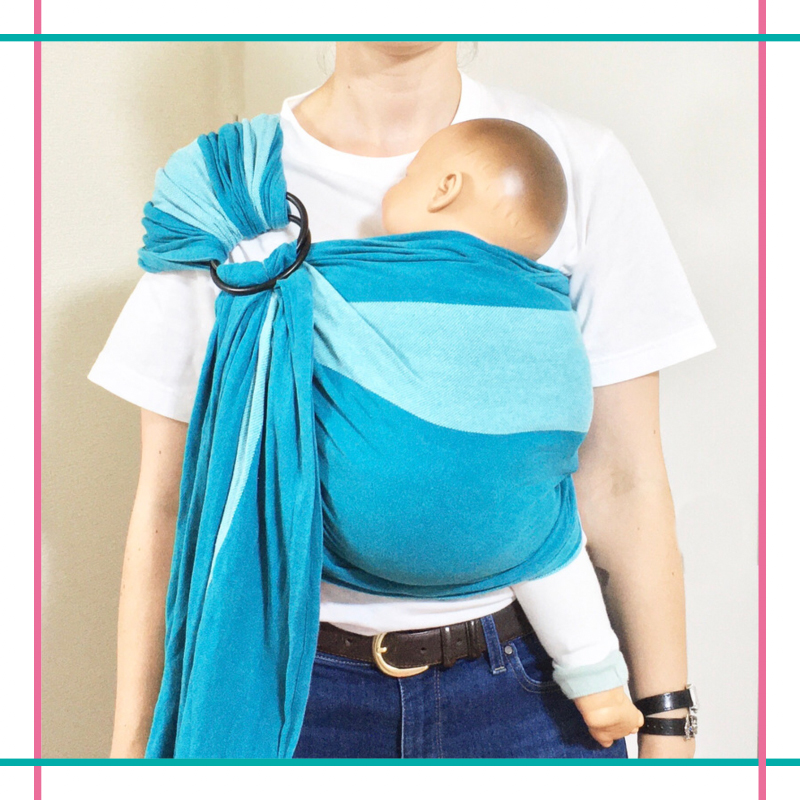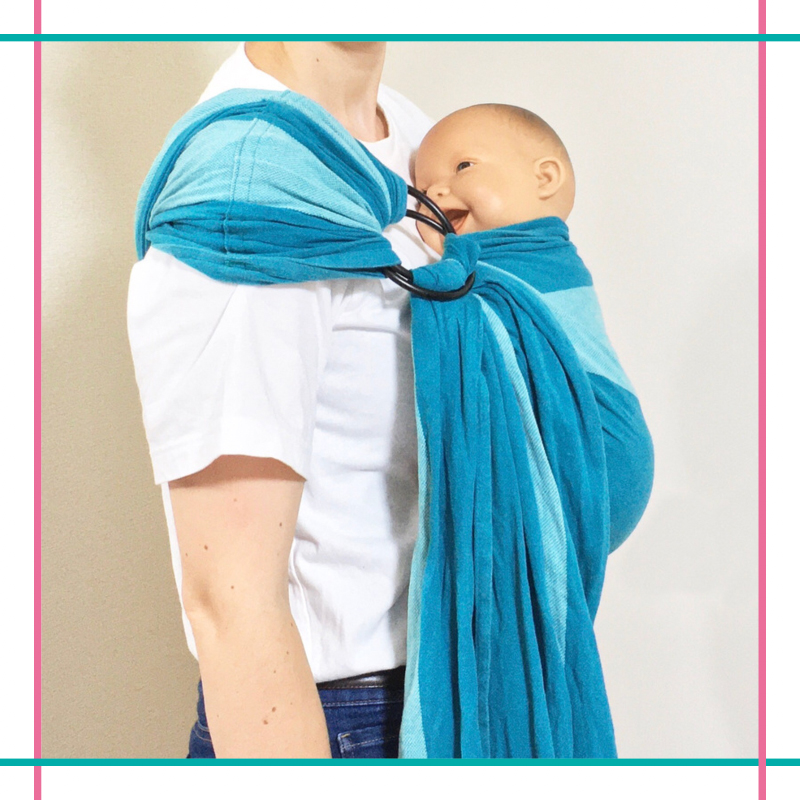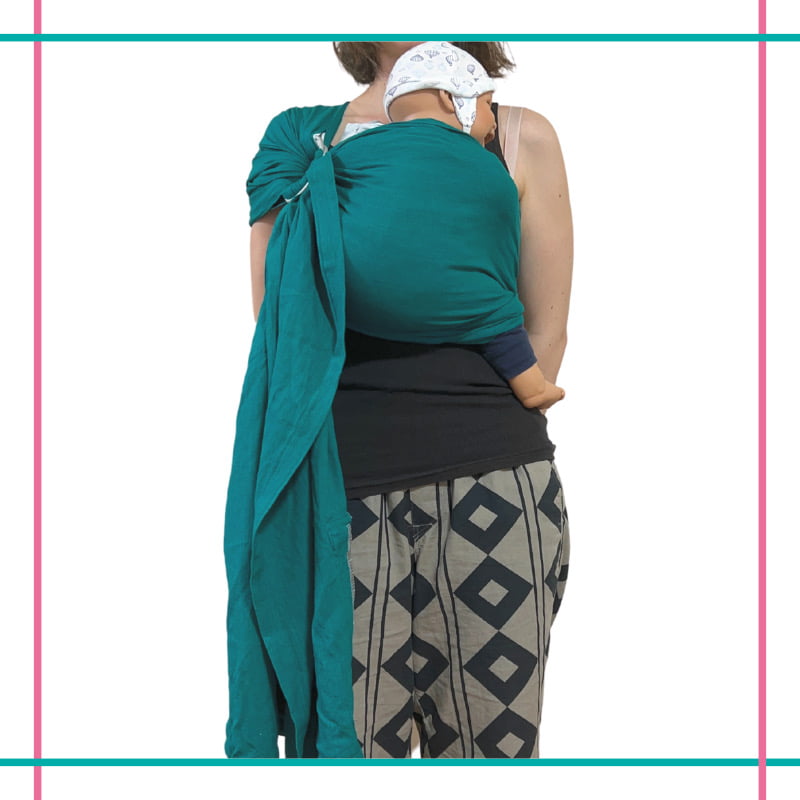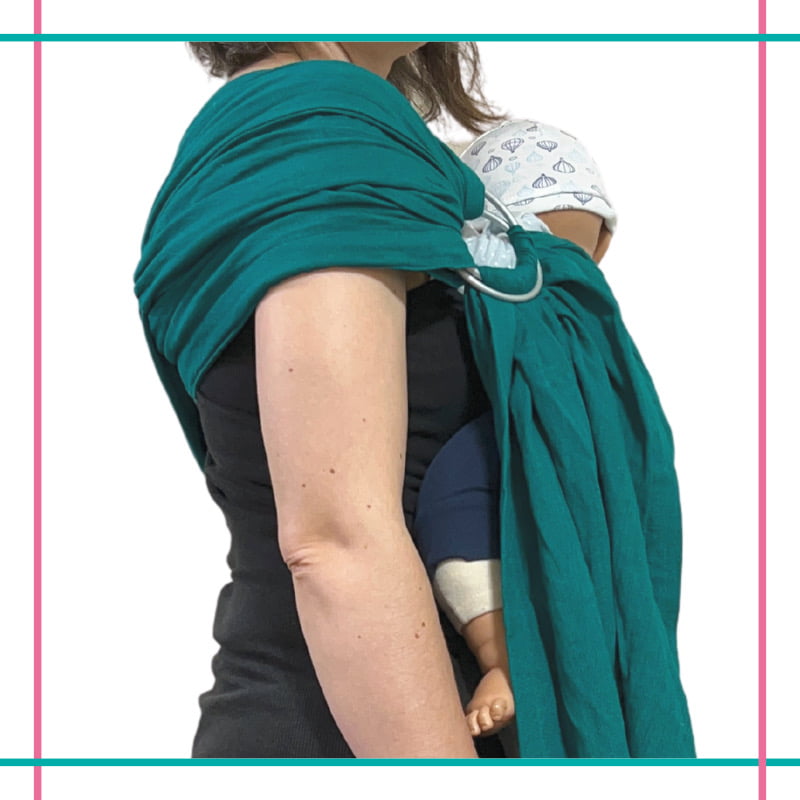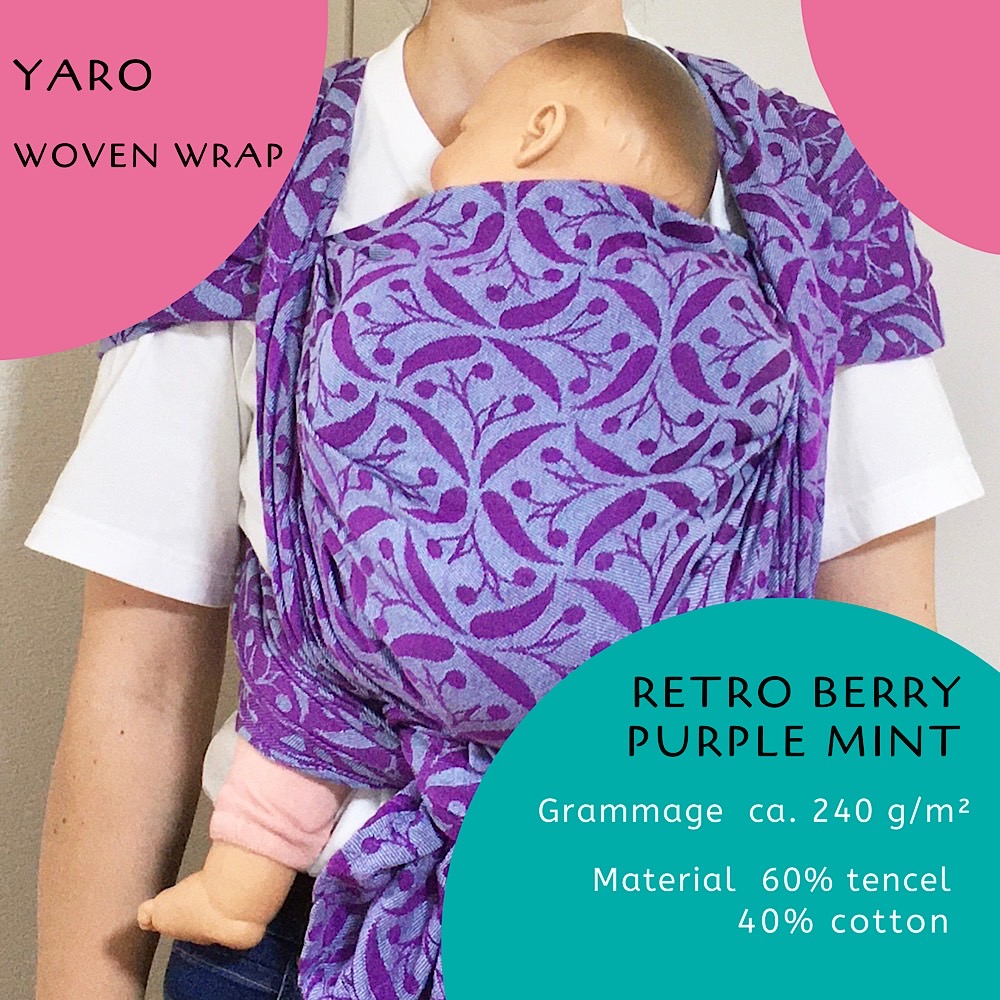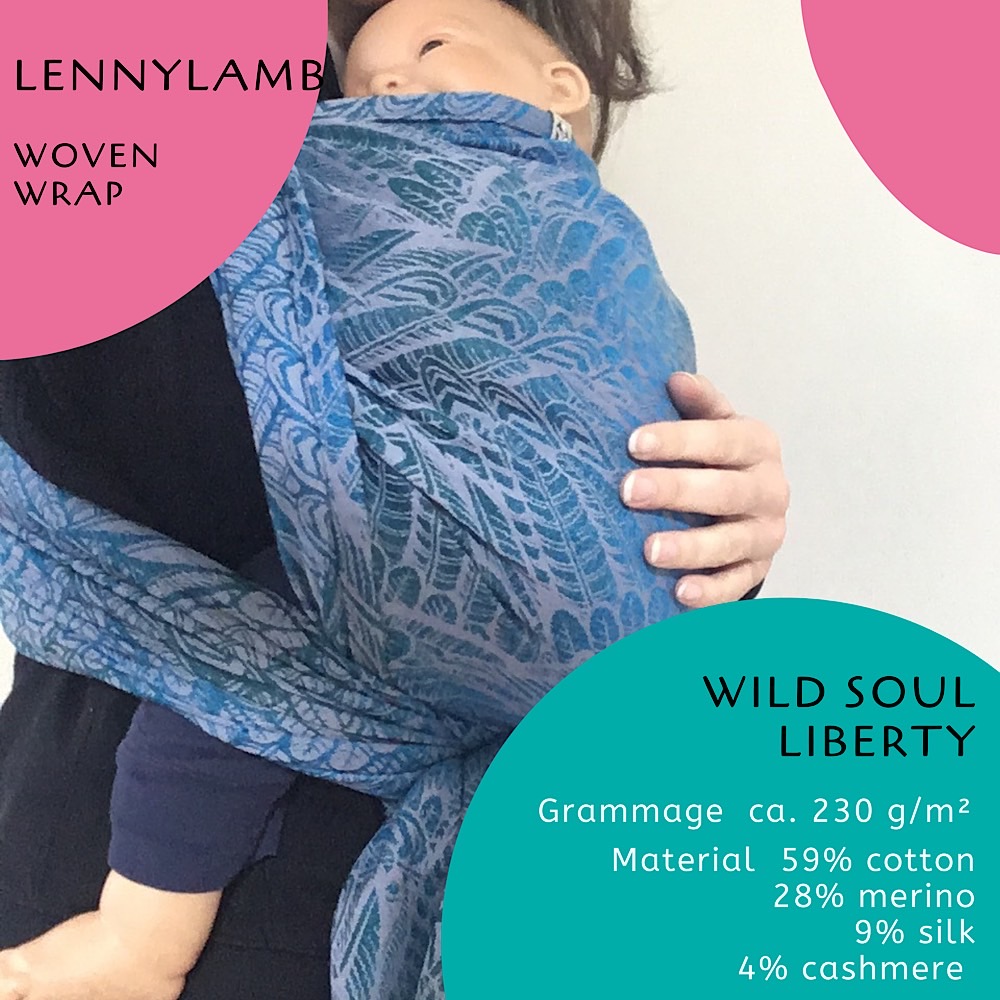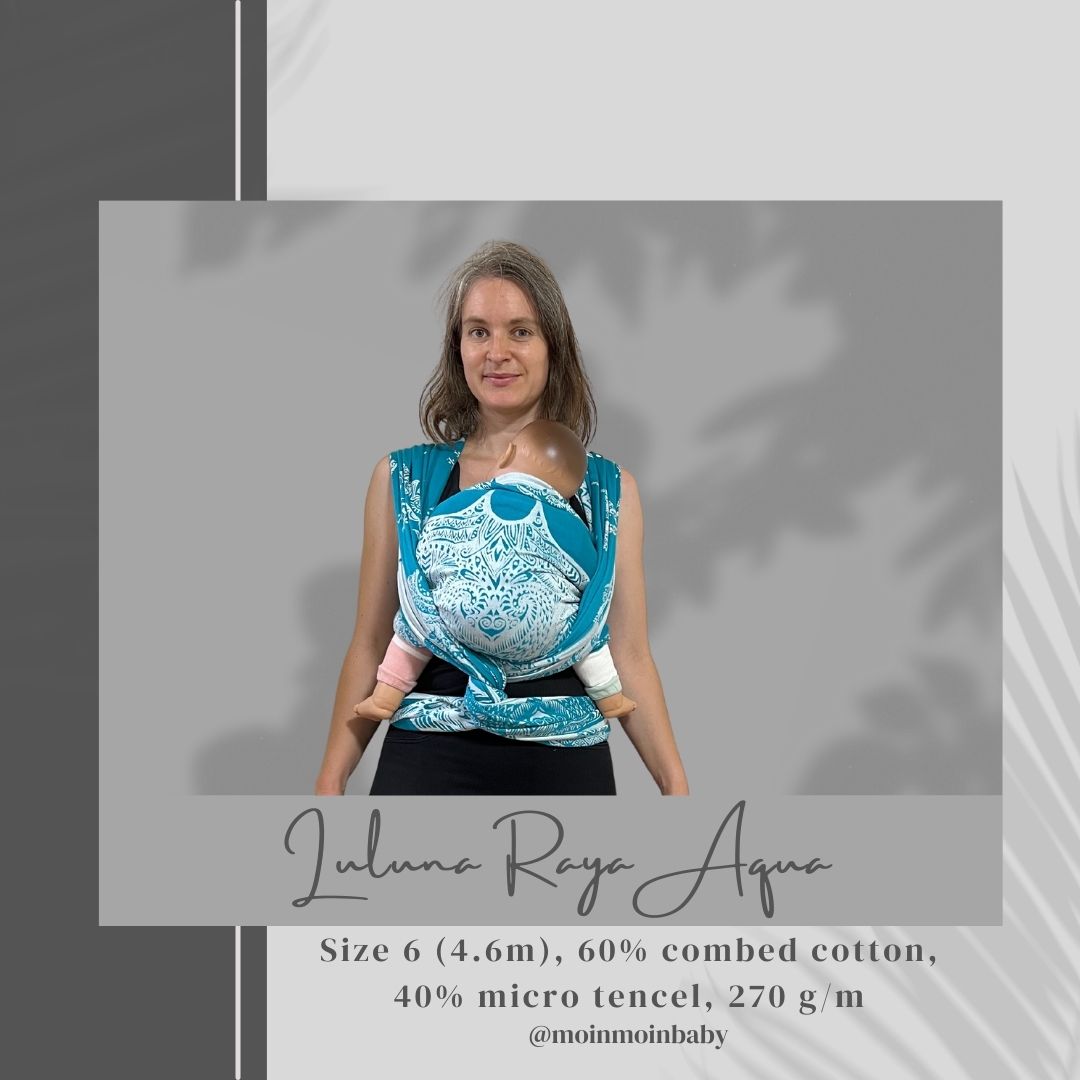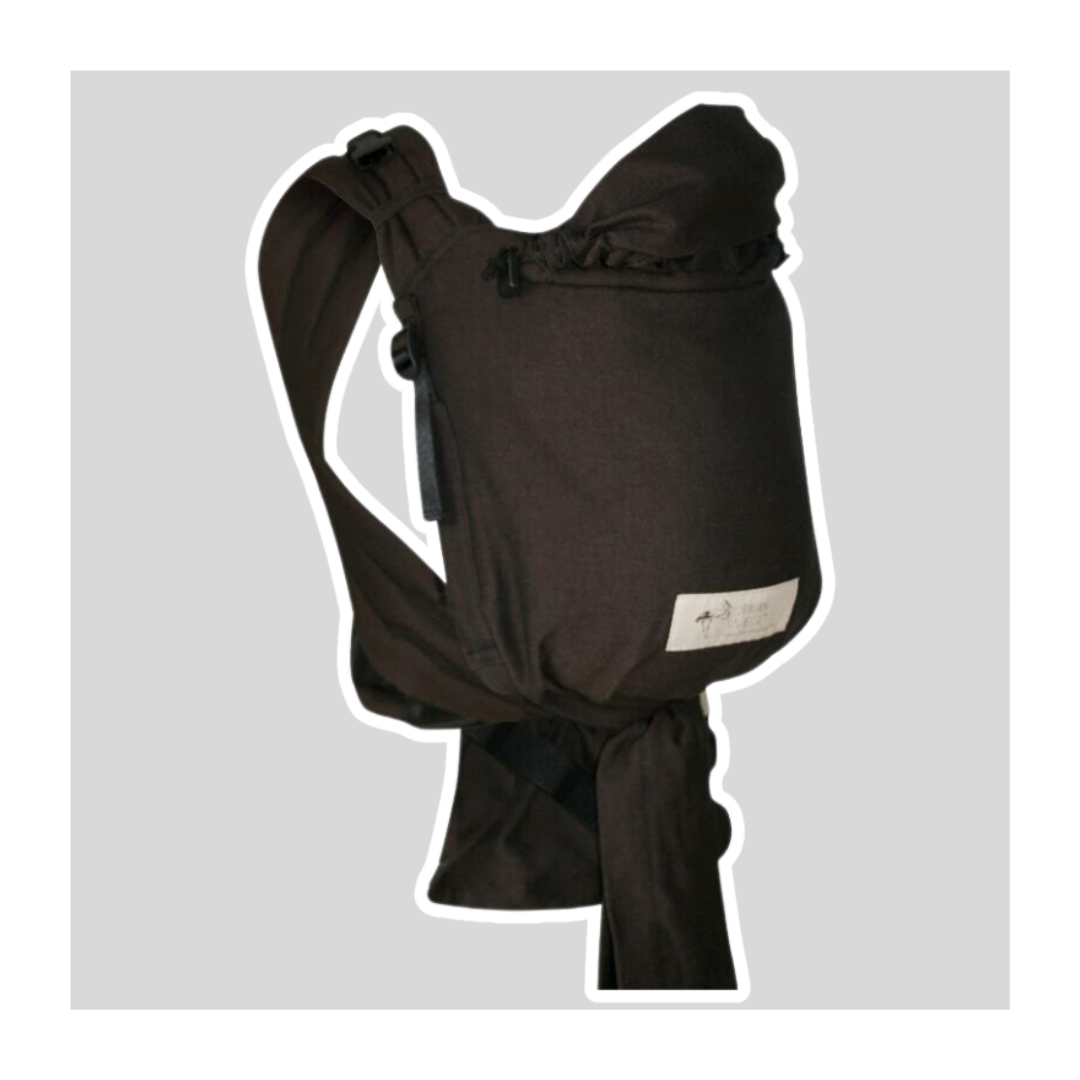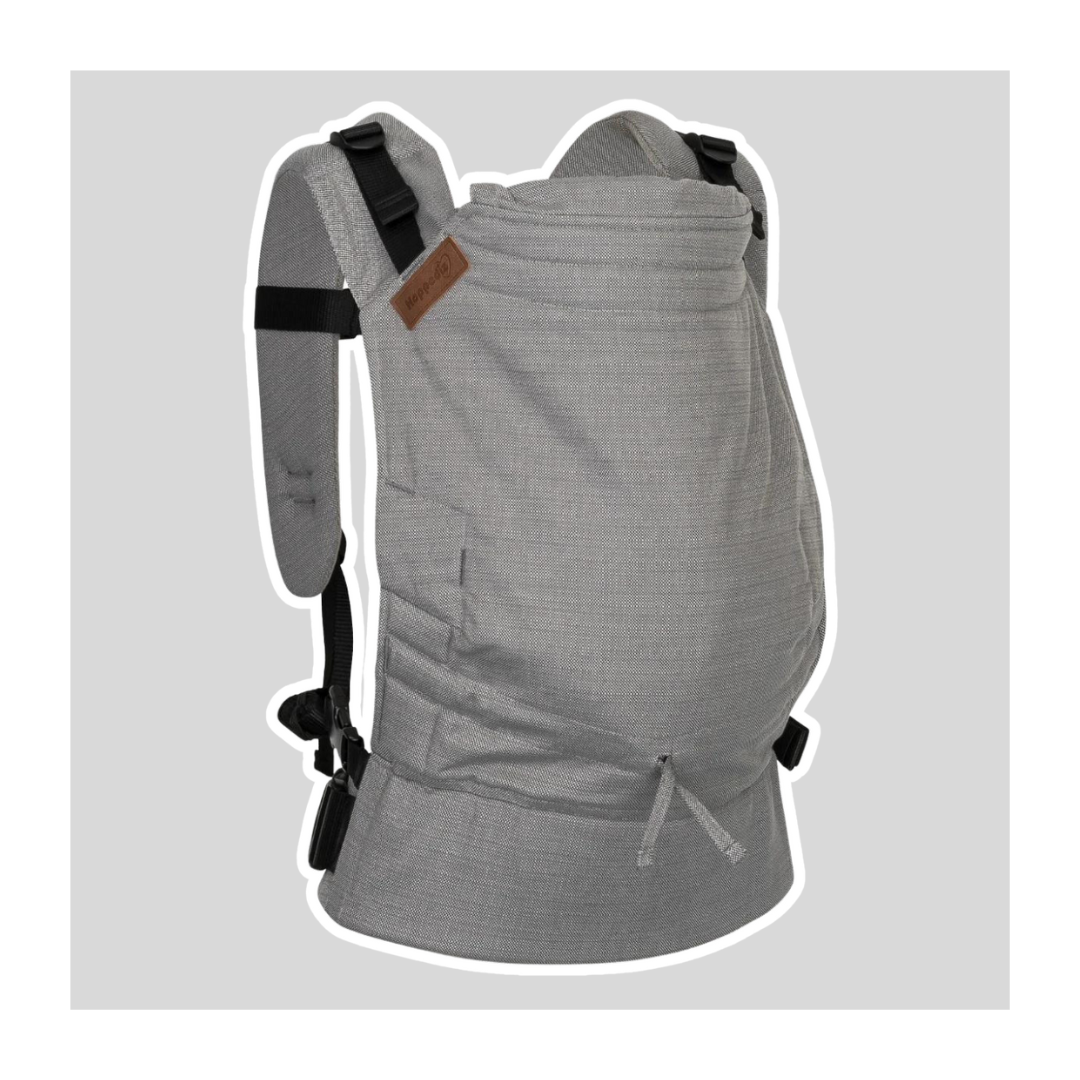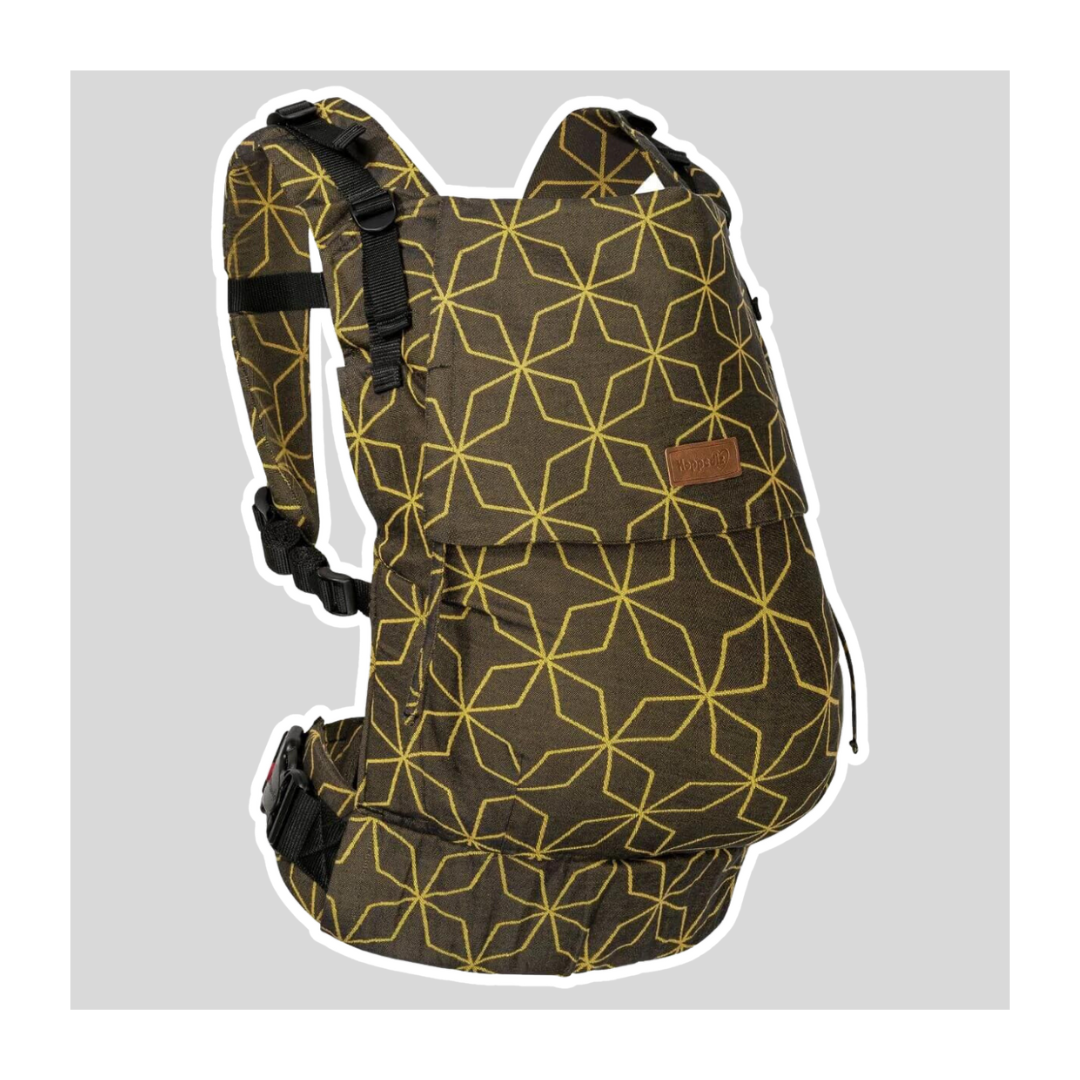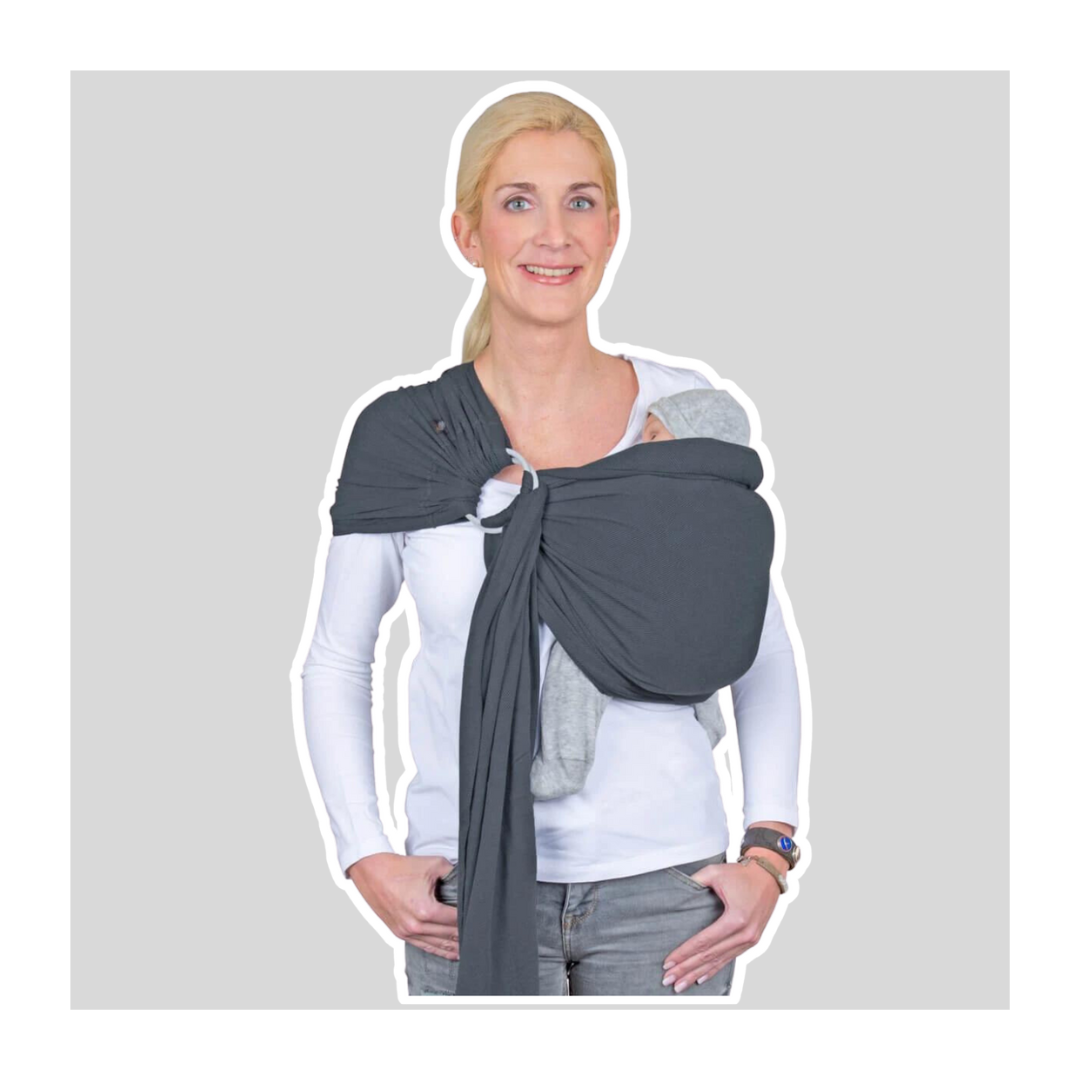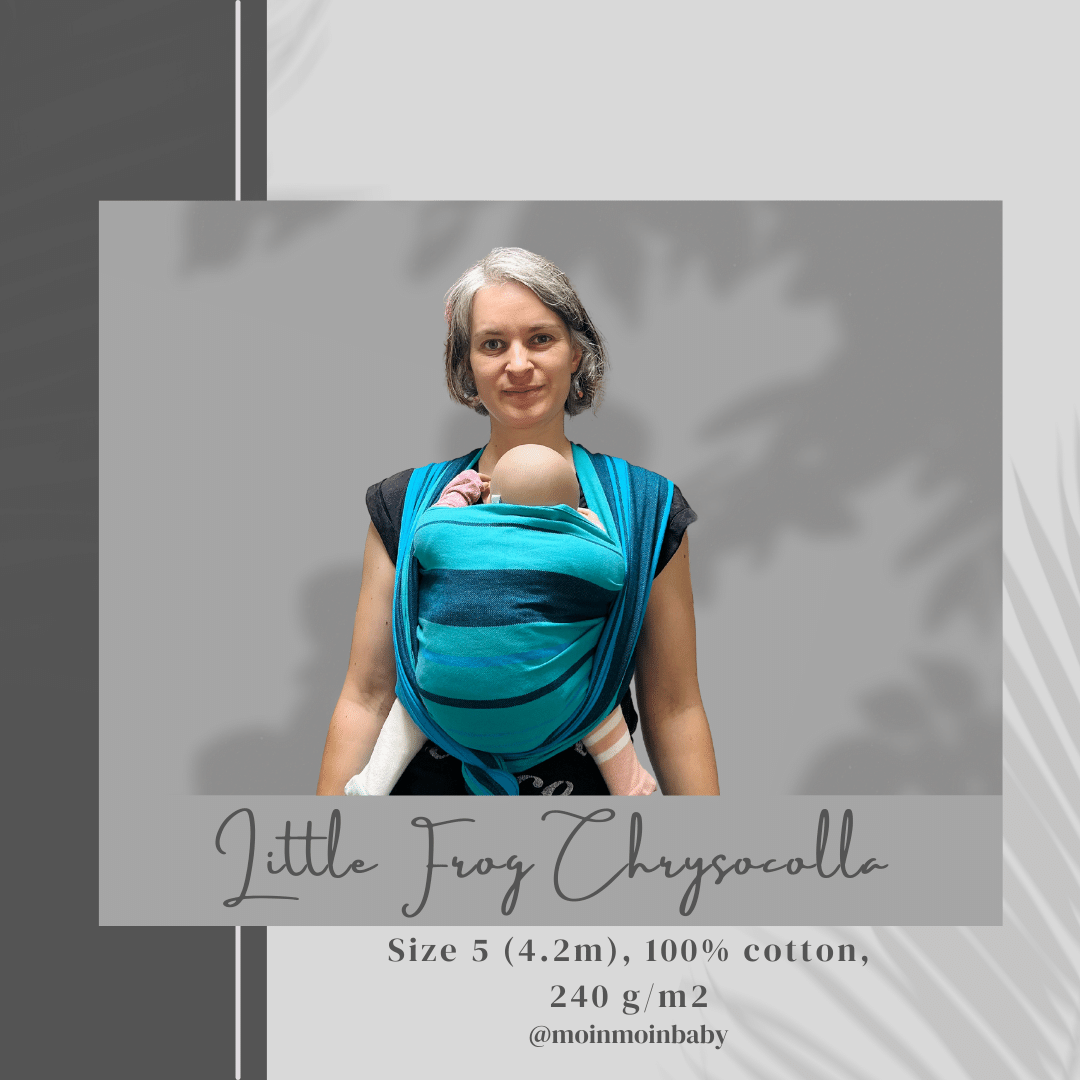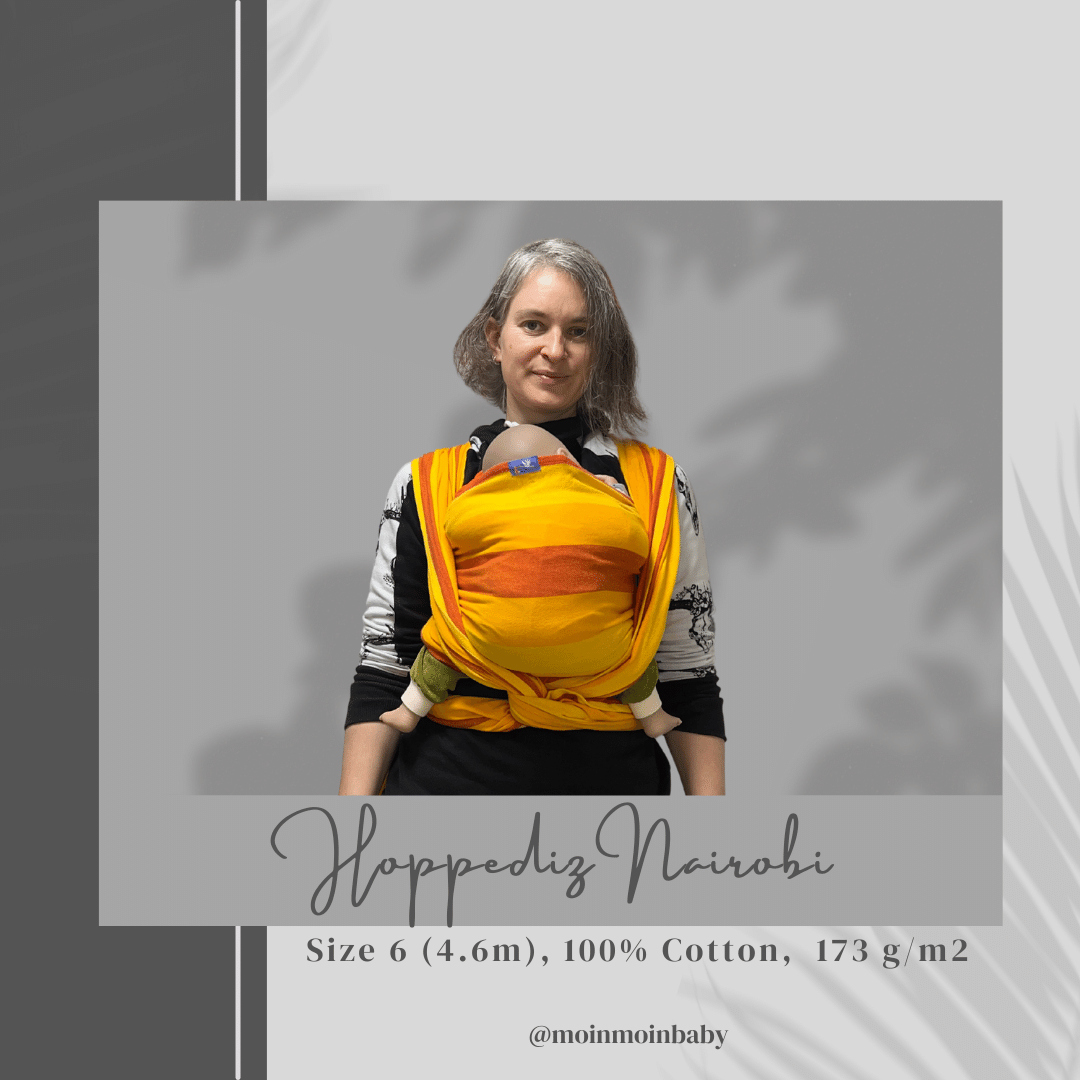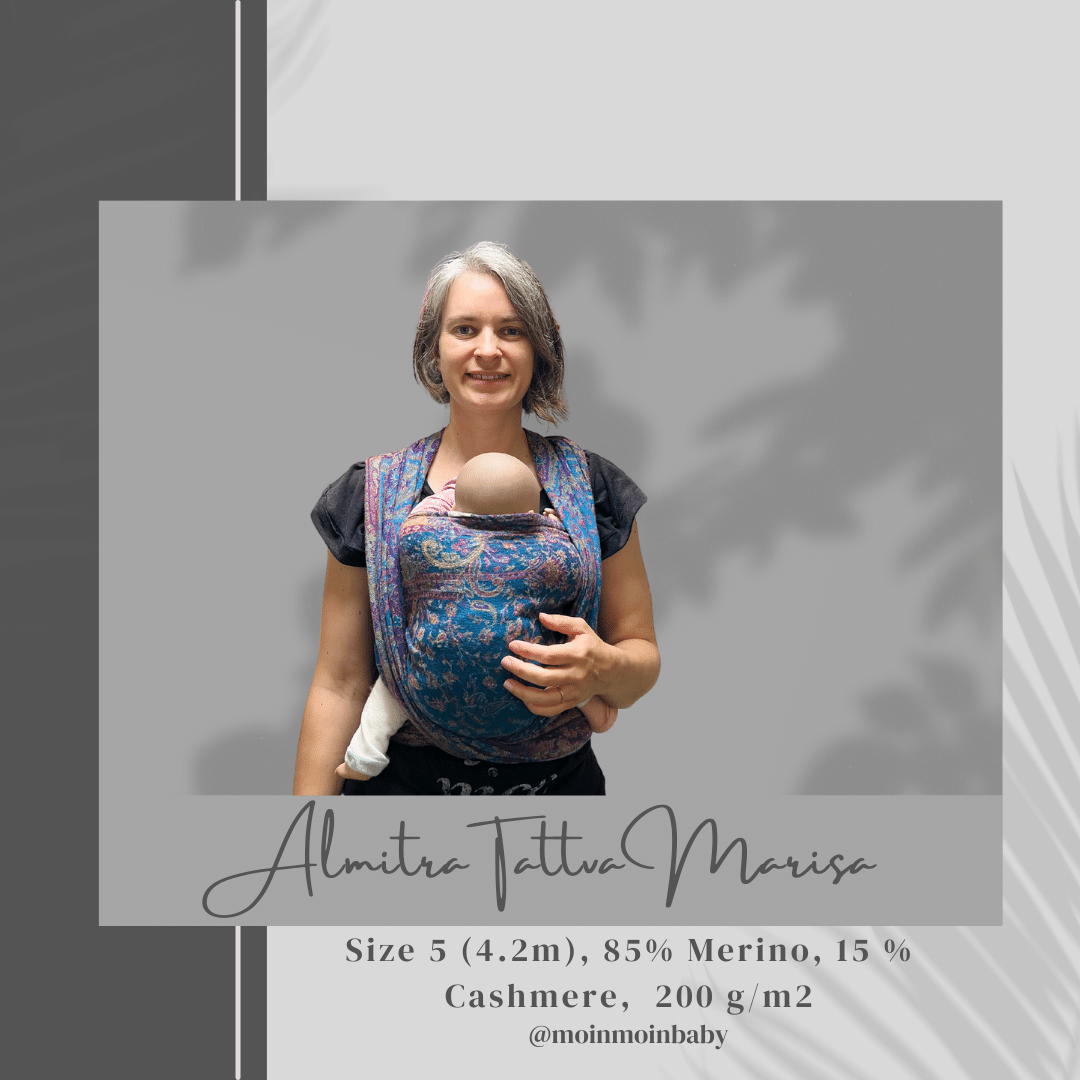Babywearing in the Cold: A Winter Guide for Cozy and Safe Adventures
Babywearing in the Cold: A Winter Guide for Cozy and Safe Adventures
Hey there, fellow parents and babywearing enthusiasts! Winter is here, and if you’re like me, you’re excited to explore the the city or nature with your little one in tow despite the cold! But when the temperatures drop, it’s essential to be well-prepared to keep both you and your baby warm and comfortable. In this blog post, I’ll share some helpful tips and insights on babywearing in the cold, so you can venture outdoors with confidence.
Baby's Age Matters: Inside or Outside the Jacket?
First things first, let’s talk about where your baby should be placed in relation to your winter attire. As a general guideline, babies under one year old should be snugly tucked inside your jacket, while children over one year can be carried over your jacket. But why is this important?
For those little ones under a year, keeping them beneath your coat provides the best temperature regulation. Plus, it’s more convenient when you’re transitioning from the chilly outdoors into a toasty room. If your baby is sound asleep and you want to keep them that way, just remove your coat and let them enjoy their nap.
On the other hand, toddlers over one year old, who may be eager to explore and walk, can easily hop in and out of the carrier when placed over your jacket. It’s all about flexibility and accommodating your child’s preferences.
However, if you feel that this is not working for you, it is not a must! You can also keep your well dressed baby over your coat (maybe using a babywearing cover?) or having your toddler under your coat.


Layer Up: Stay Warm and Adaptable
Now that we’ve sorted out where your baby should be during winter outings, let’s discuss dressing for the occasion. Layering is key. Dress both yourself and your baby in multiple layers, ensuring that each layer can be easily removed if things get too toasty. And don’t forget to count the carrier itself as one of those layers!
The number of layers can vary depending on the type of carrier you’re using. A stretchy wrap, for instance, counts as three layers, while something like the Stokke Flex counts as one to two. So, choose your clothing accordingly.
When having your baby under your coat, you can dress her like you would inside your home. The additional layer of the carrier, your own body warmth, and your coat will keep your little one cozy and warm
When it comes to materials, opt for temperature-regulating fabrics like wool and silk. These materials help keep both you and your baby warm without making you sweat excessively. However, be cautious with polyester, as it keeps you warm but doesn’t absorb moisture well. As a result, you might find yourself feeling sweaty and uncomfortable.
But what about snowsuits and down jackets? Well, they might seem like a great choice for your baby, but they won’t provide adequate warmth when babywearing. The insulating air is compressed within the carrier, making it useless.
Also check the blog post about babywearing coats!
Babywearing in Autumn – Tips for Cozy Carries
Embracing Autumn Adventures: Babywearing Tips for Cozy Carries Autumn is a magical season, filled with crisp air, colorful foliage, and the perfect excuse to snuggle up with your little one....
Read MoreKeep Those Tiny Extremities Warm
Babies have tiny fingers, toes, and, well.. bold heads.. that can get chilly quickly, so it’s essential to keep those extremities warm. Mittens, hats, and leg warmers are your best allies. By focusing on these body parts, you can dress your baby lighter on their torso while still keeping them cozy overall.
Remember that the carrier itself acts as an extra layer, which is why it’s crucial to have those additional accessories in place to keep your baby’s not covered extremities comfortable. So, embrace the cuteness of baby leg warmers and warm, snugly hats – they’re not just stylish but functional too.
The Heat Is On: Avoid Overheating
Here’s a vital point to keep in mind when babywearing in winter – overheating is the most significant risk. Babies who are too warm may become quiet, which can be a cause for concern. There is a very small risk that your baby is falling in a sleep that is too deep. Babies who feel cold, on the other hand, tend to move more to stay warm. So, how do you find that sweet spot?
Regularly check your baby’s comfort level. If they’re sweating or seem too warm, it’s time to remove some layers. Your baby’s well-being is your top priority, so trust your instincts and adjust accordingly. Checking should not be done on the feet or hands because these are naturally colder in winter. Check on their upper legs or neck!
Clear Airways and Unobstructed Faces
Safety always comes first, and this is no different when babywearing in the cold. Ensure that your baby’s airways are free at all times. Avoid covering their face with scarves, babywearing covers, or jackets, and this includes your own scarf or stole too.
Having a clear and unobstructed view of your baby’s face is essential for monitoring their well-being. So, be mindful of how you’re wrapping up and layering to guarantee that their airways are unrestricted and their cute little faces are always visible.
In conclusion, babywearing in the cold can be a fantastic way to bond with your baby while enjoying the beauty of the winter season. Remember to consider your baby’s age, layer up with the right materials, keep those tiny extremities warm, and be vigilant about overheating. Safety always comes first, so ensure your baby’s airways are clear and their face is visible.
By following these simple guidelines, you can create wonderful memories with your baby, all while keeping them warm, cozy, and safe during your winter adventures. So, bundle up, brave the cold, and embark on some unforgettable babywearing journeys this winter!

How can I help you feeling confident in Babywearing in the Cold?
You can also use the Sling Library to try different carriers and coats on your own before you buy.
If you want to learn more about babywearing throughout the seasons, hop over to my course page. There is a full online course available on that topic!






































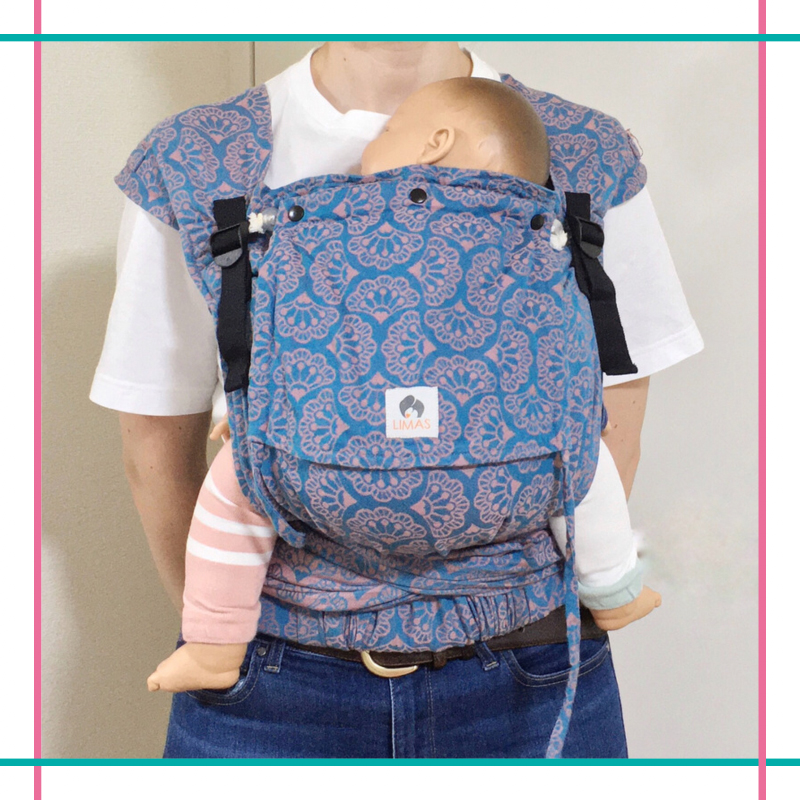
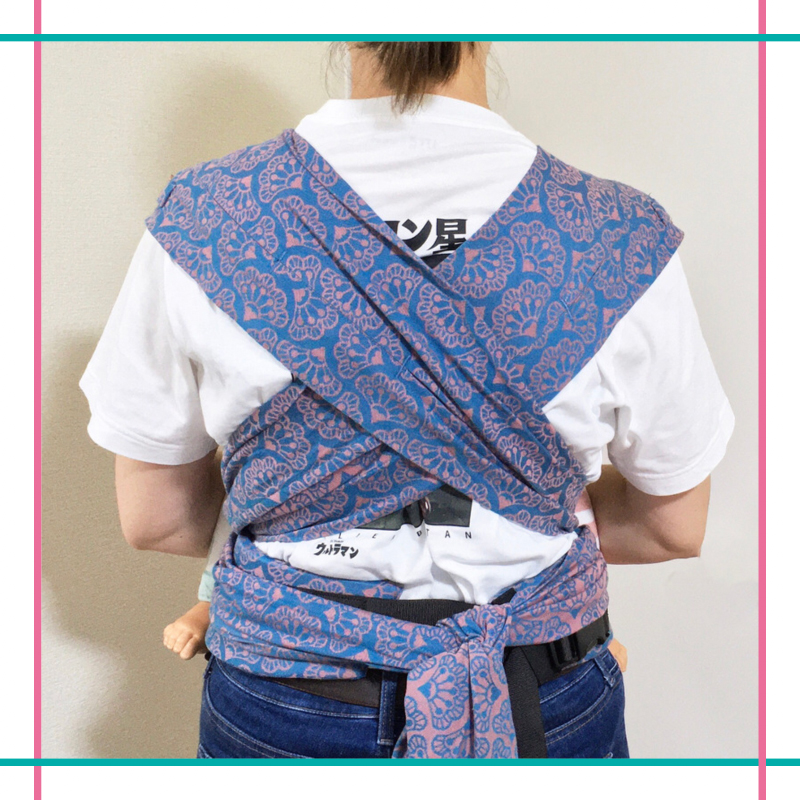
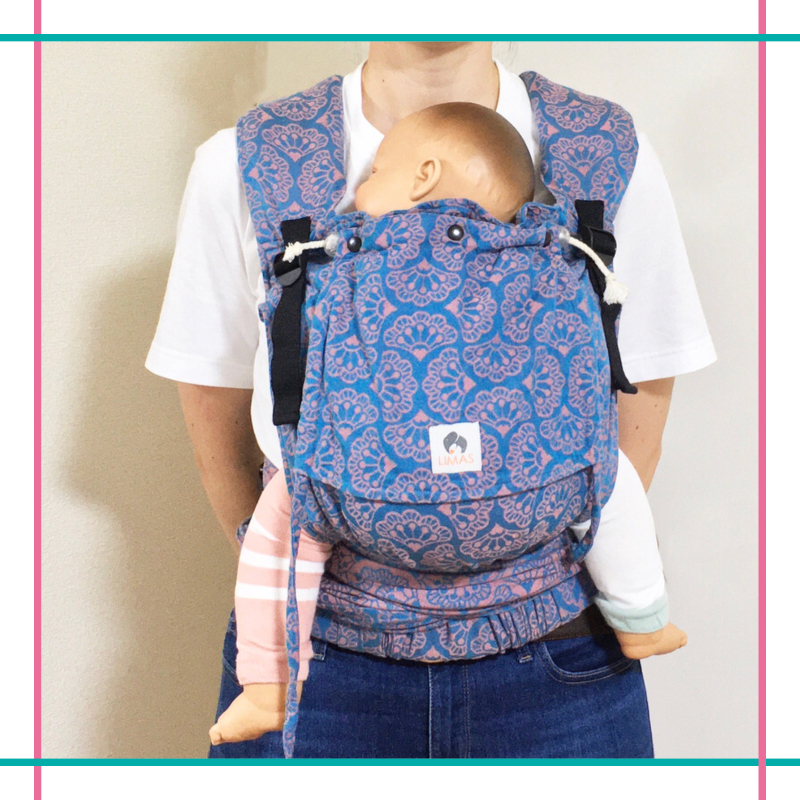
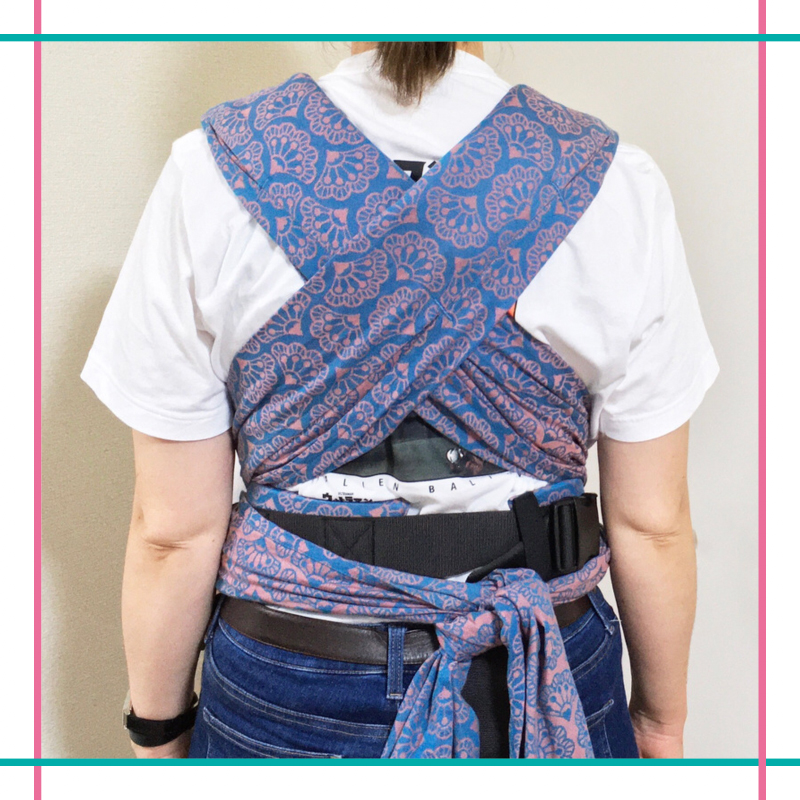
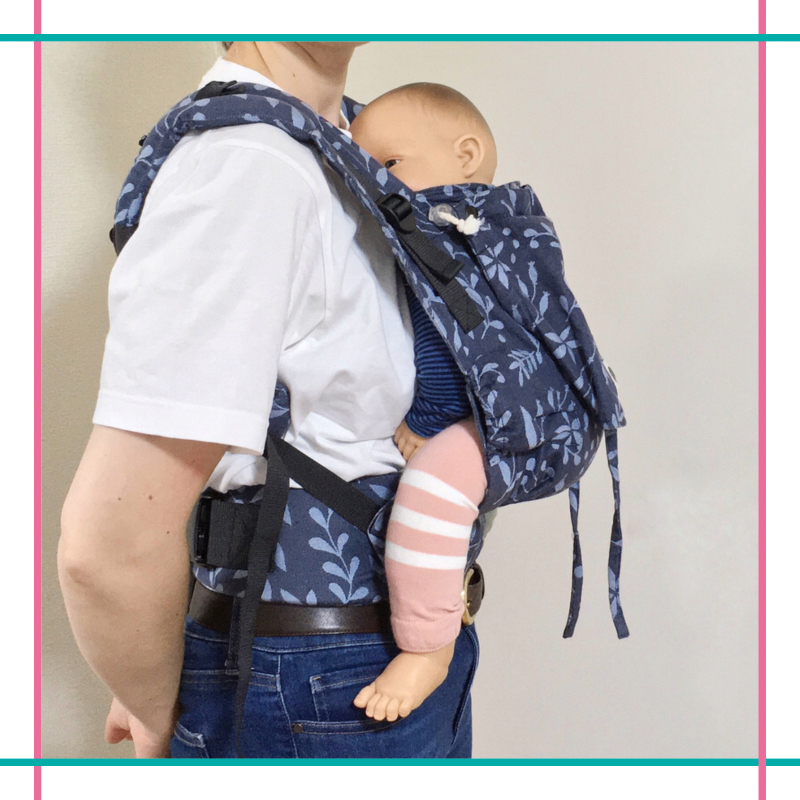
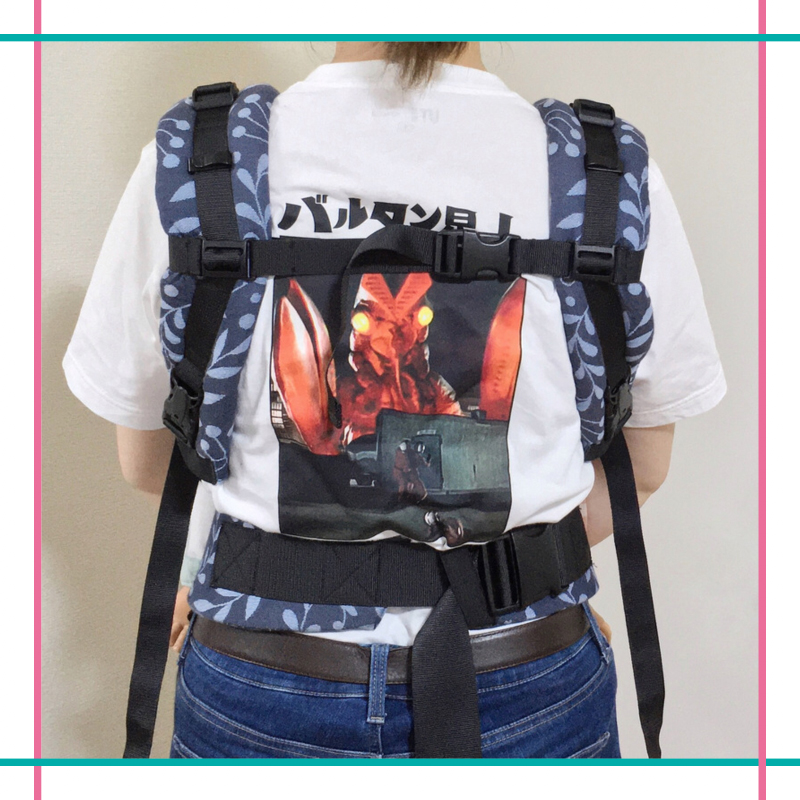
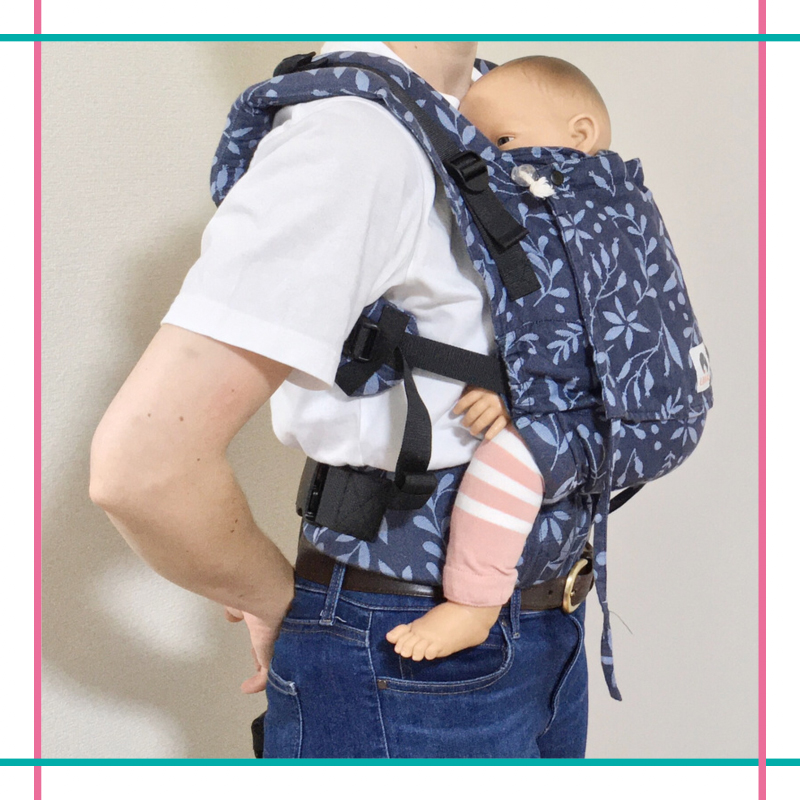
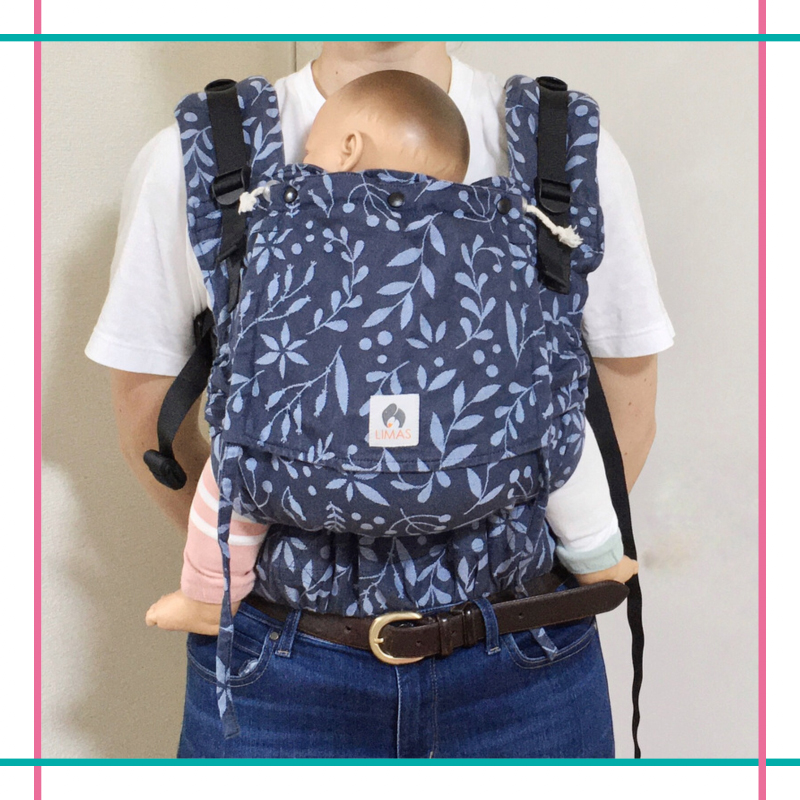


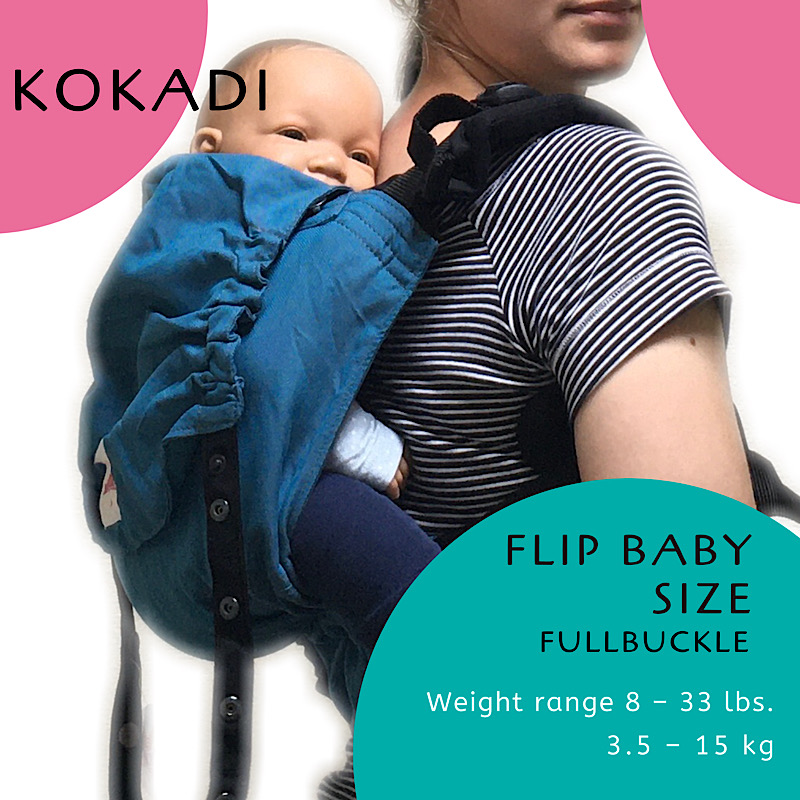
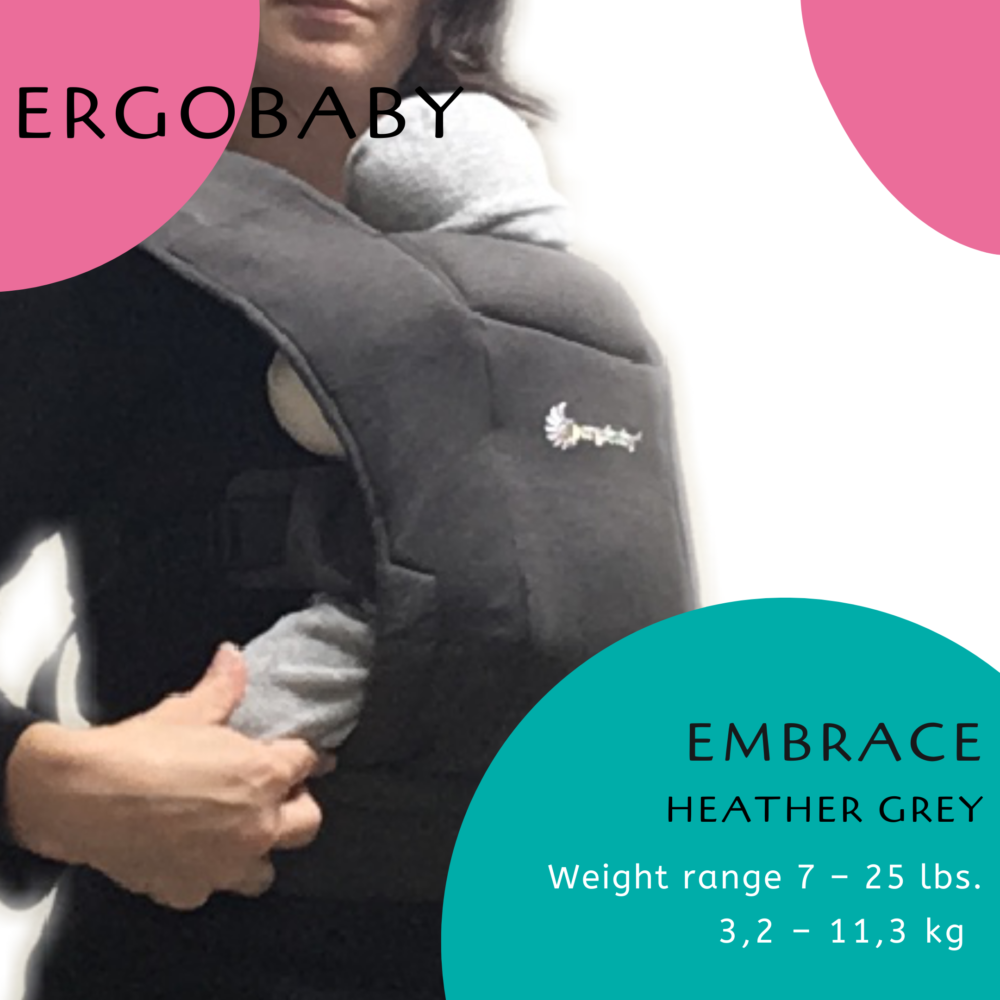
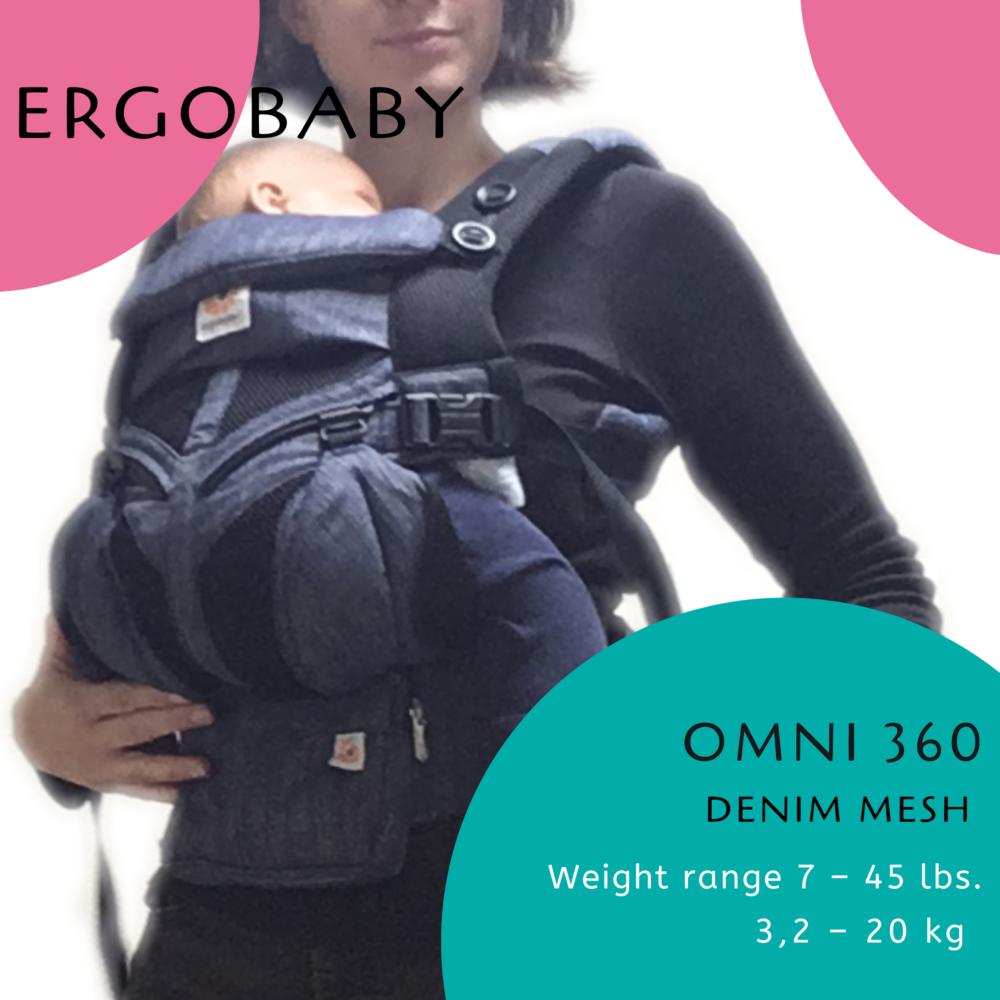
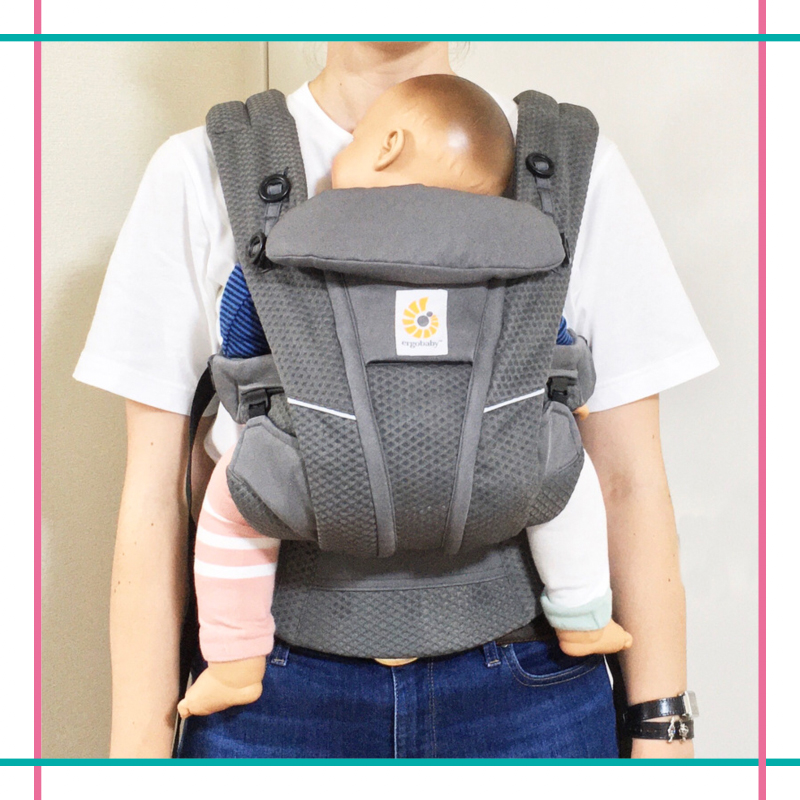
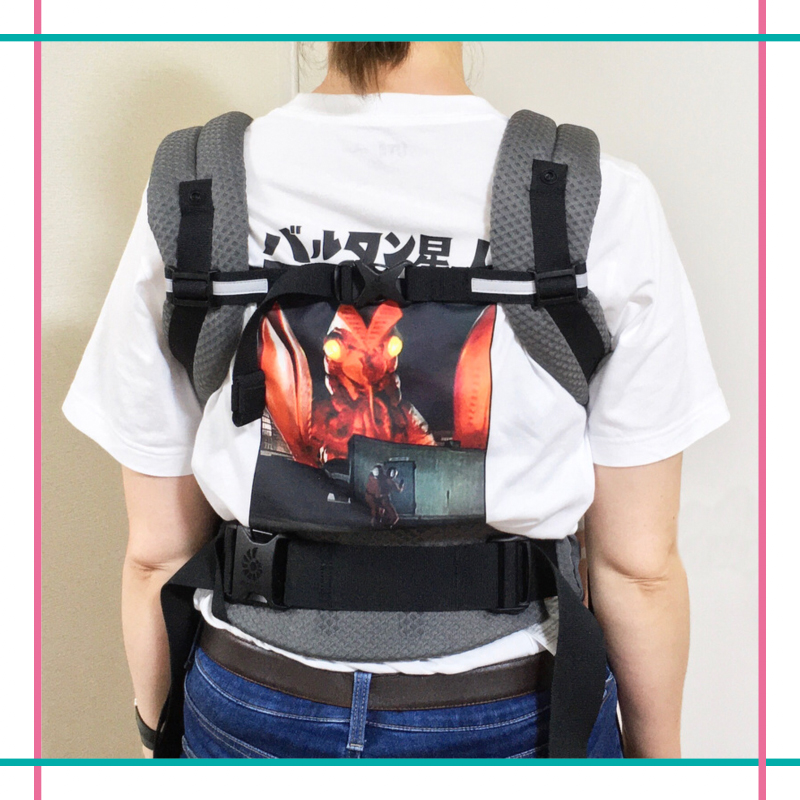
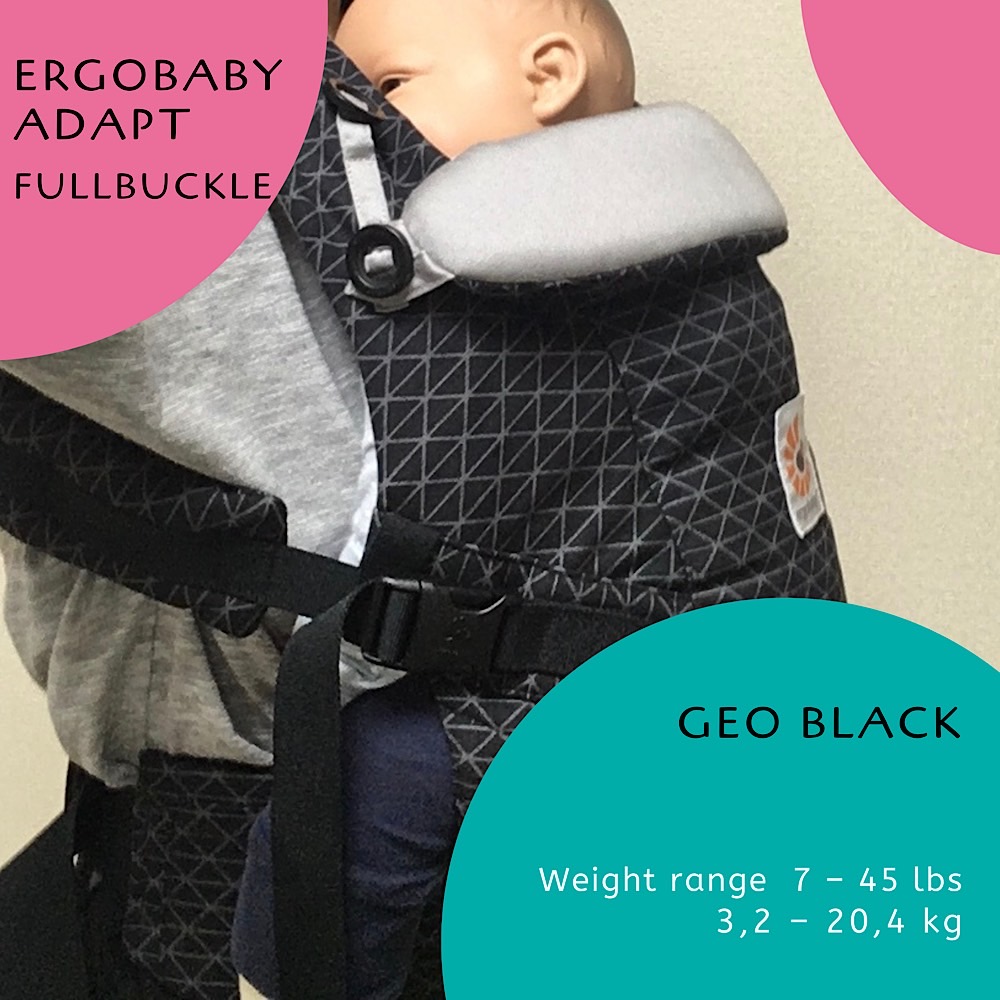
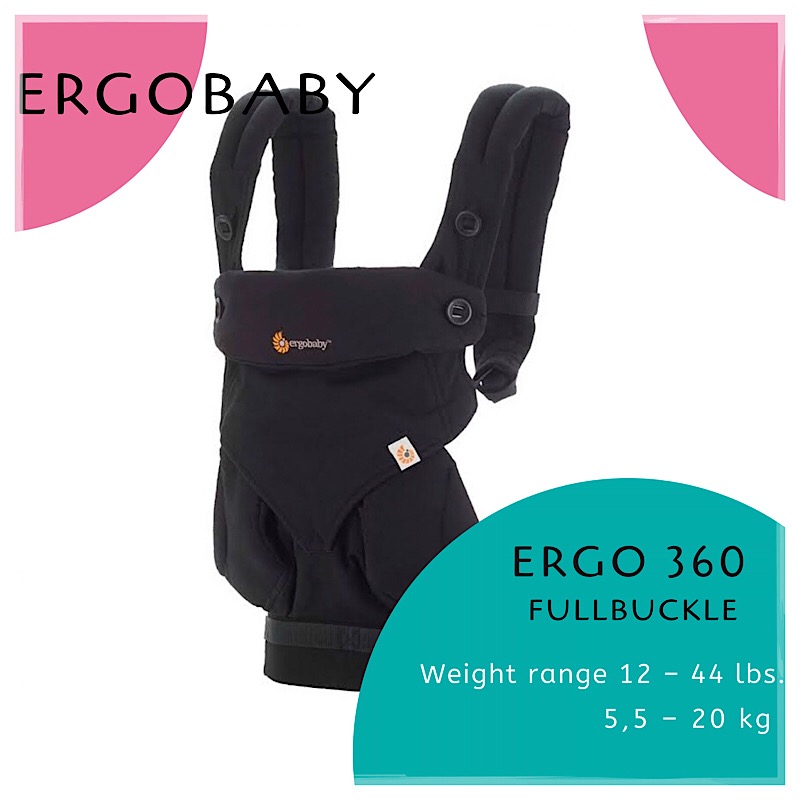
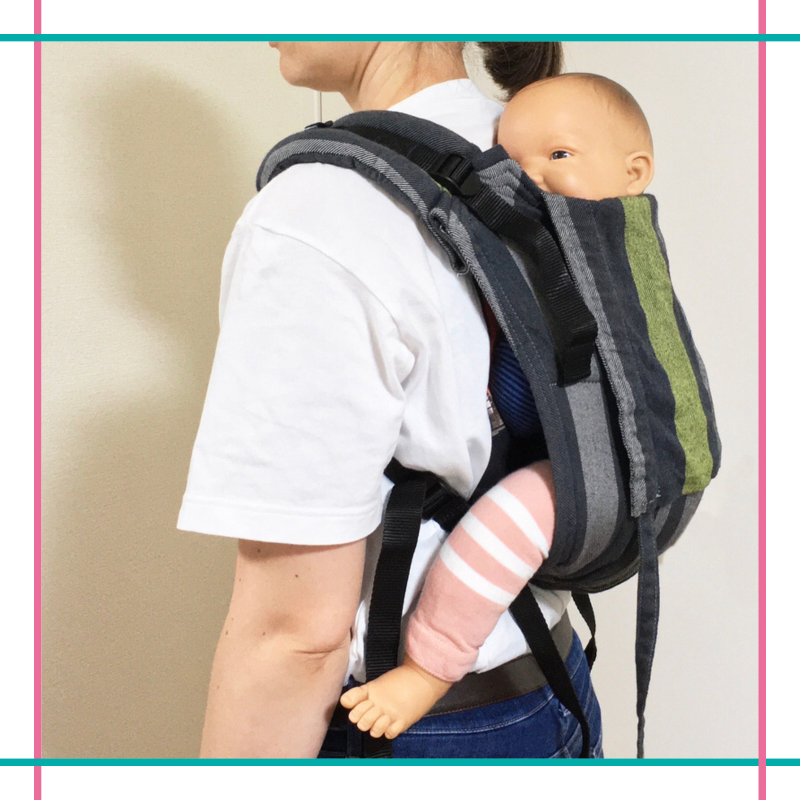
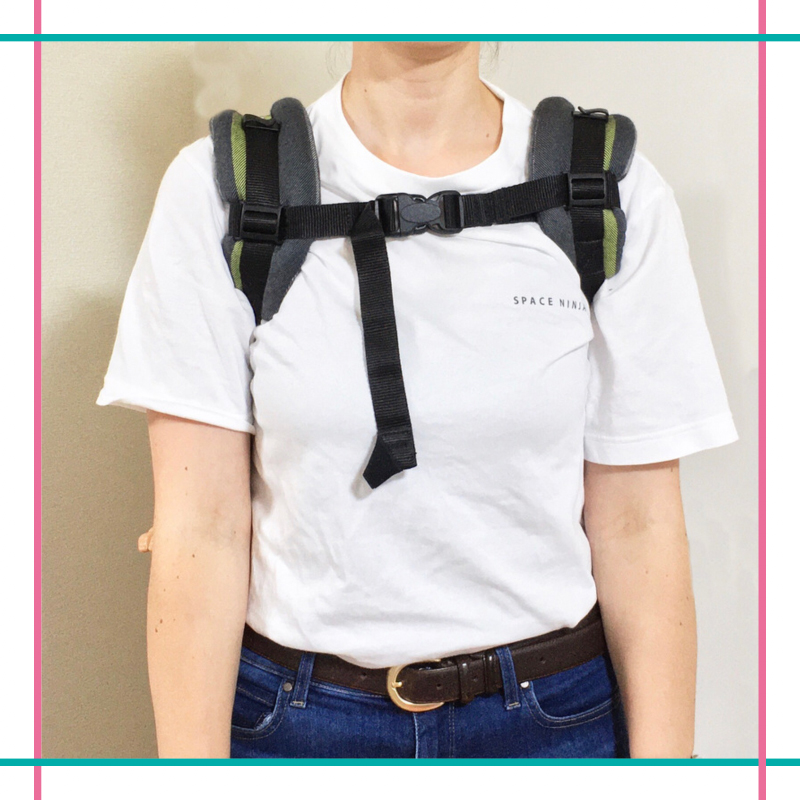

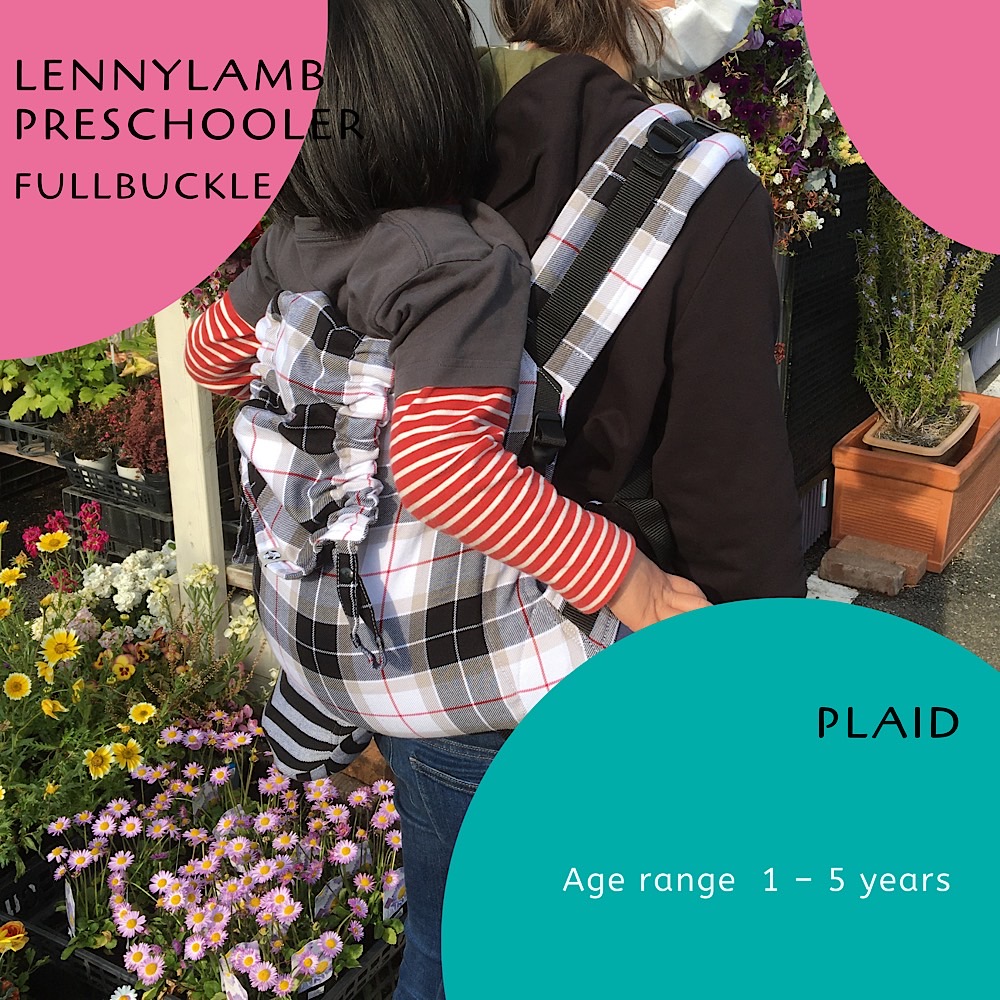
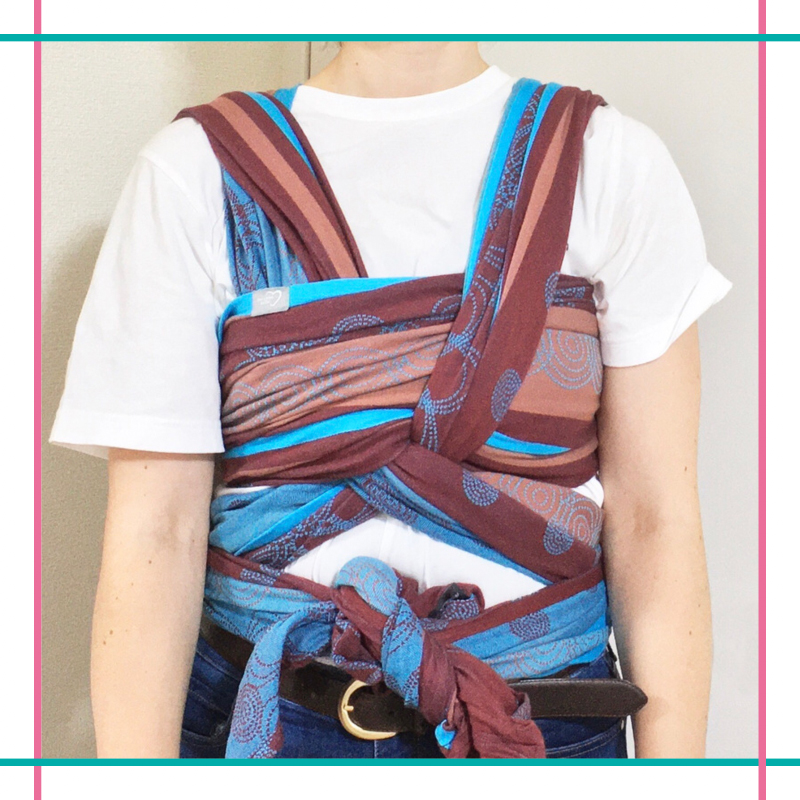
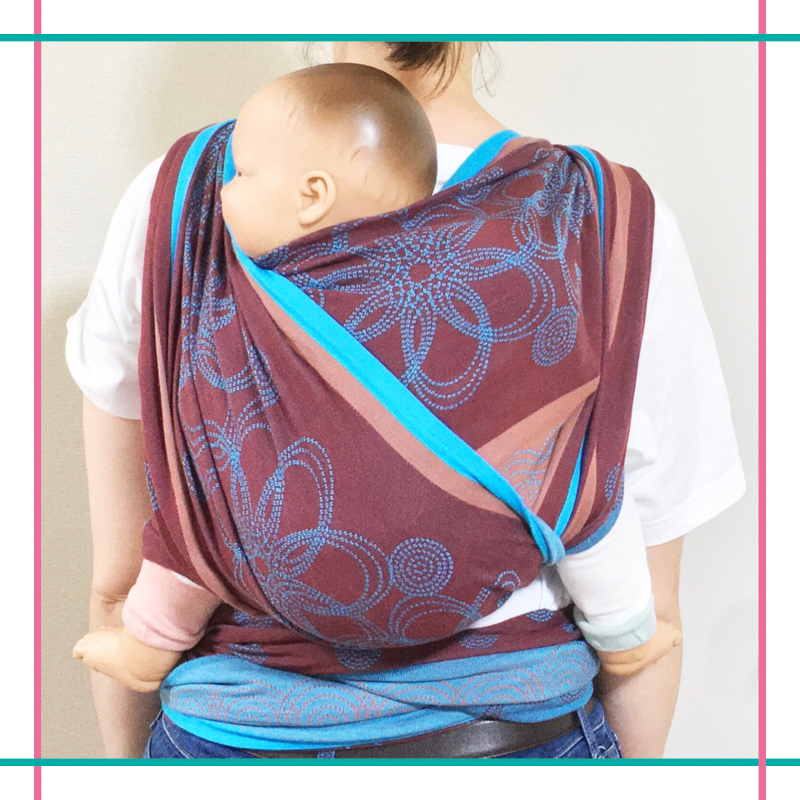
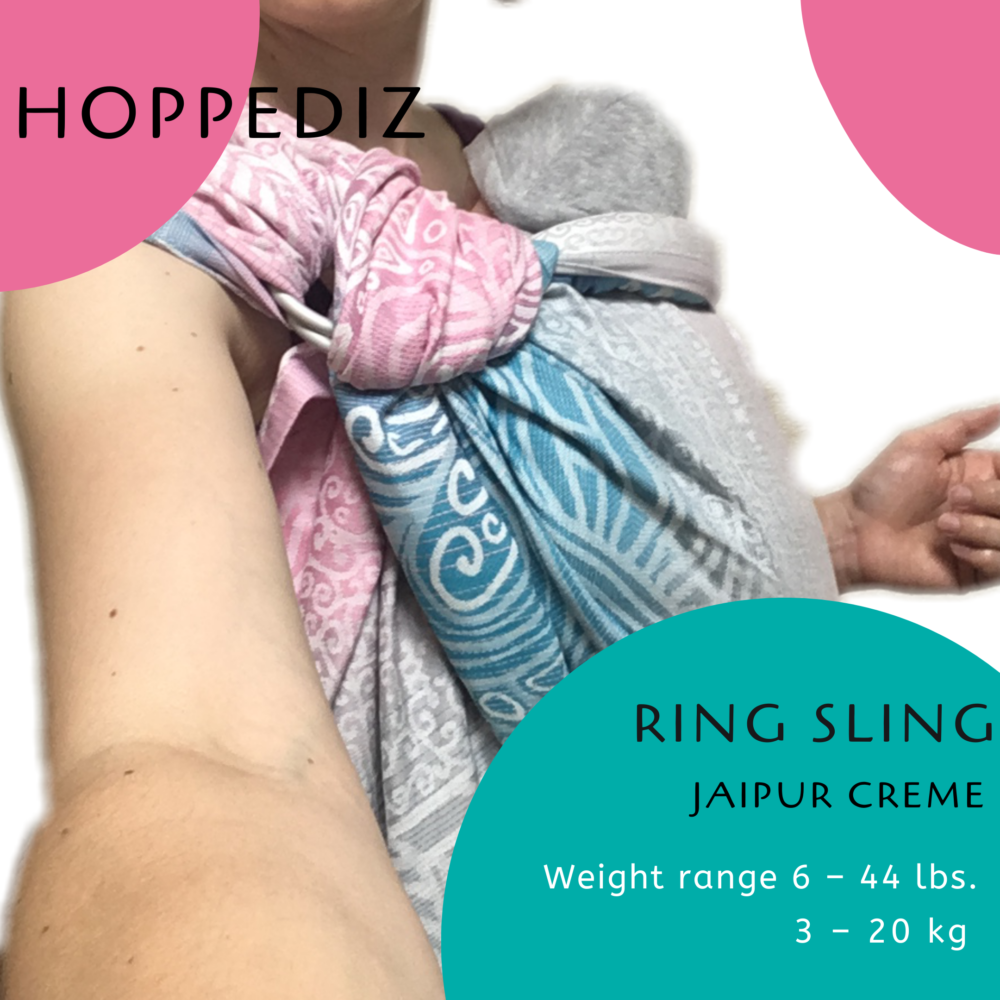
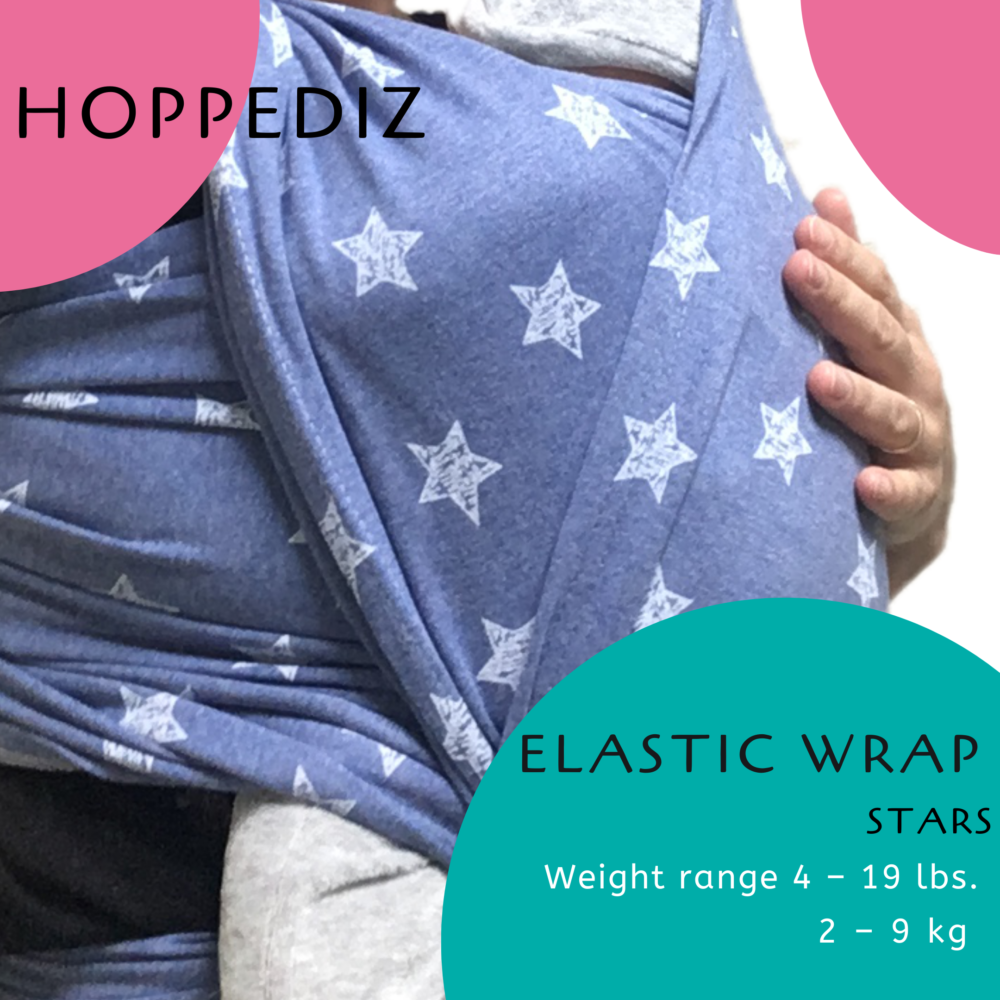
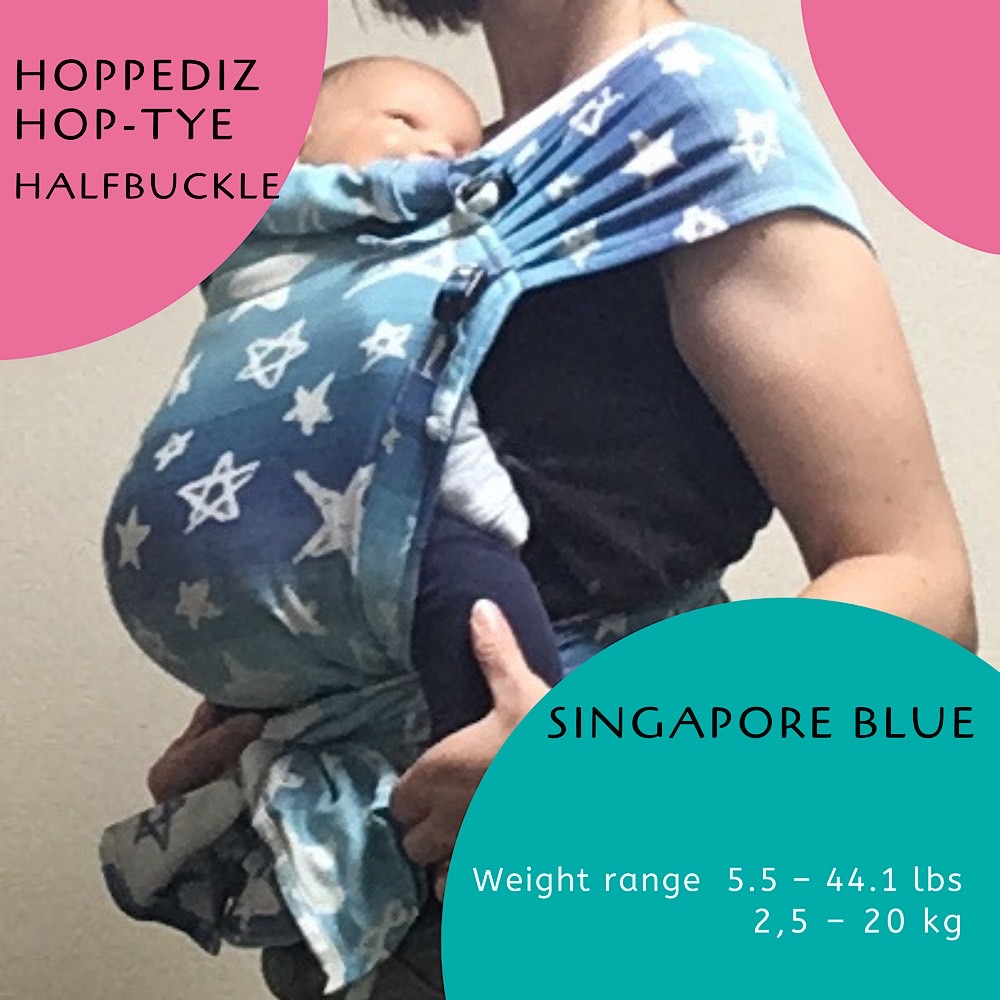
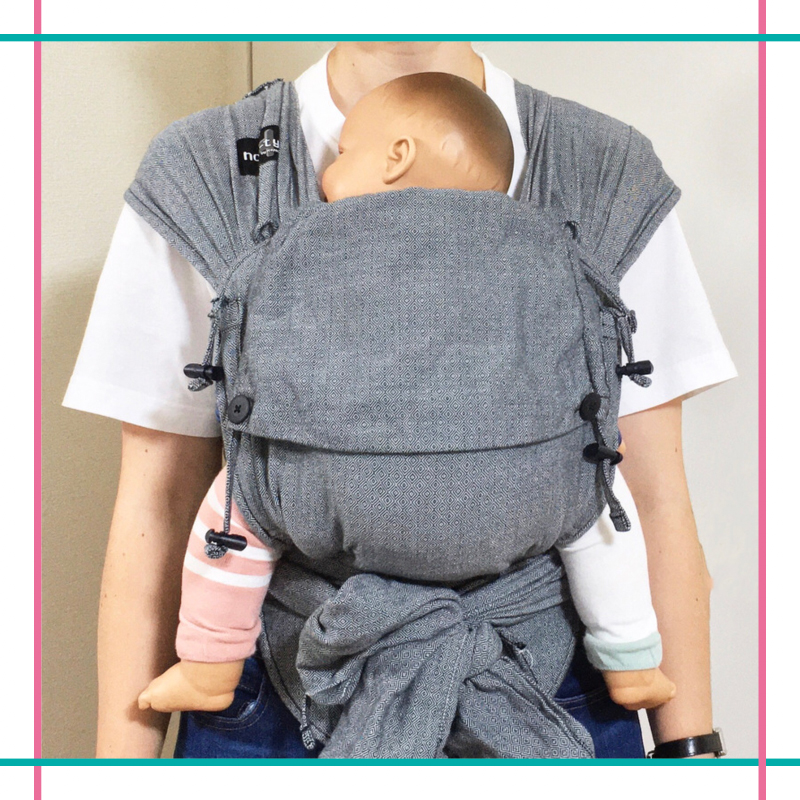
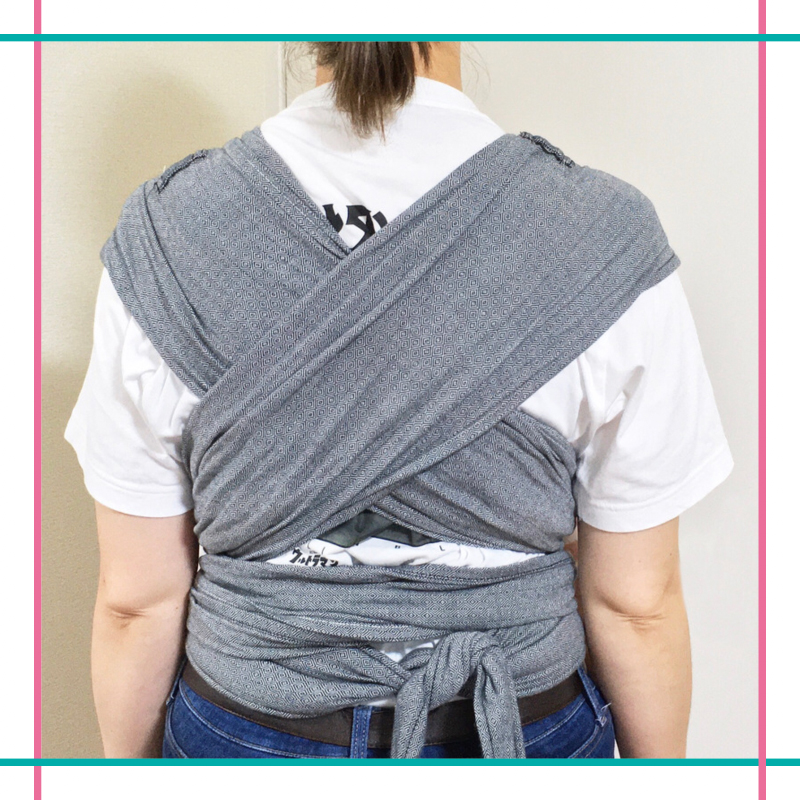
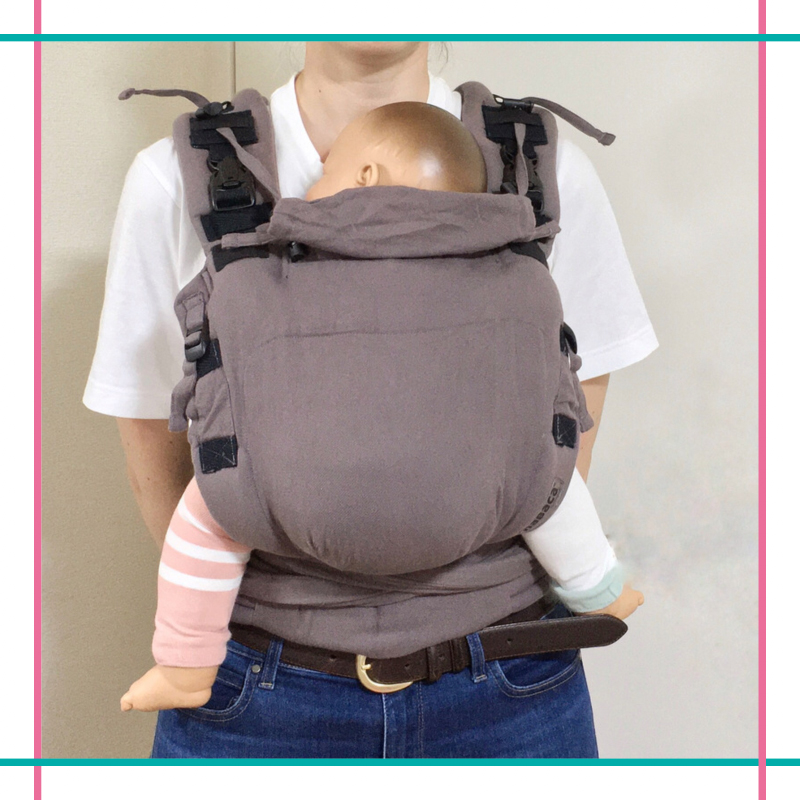
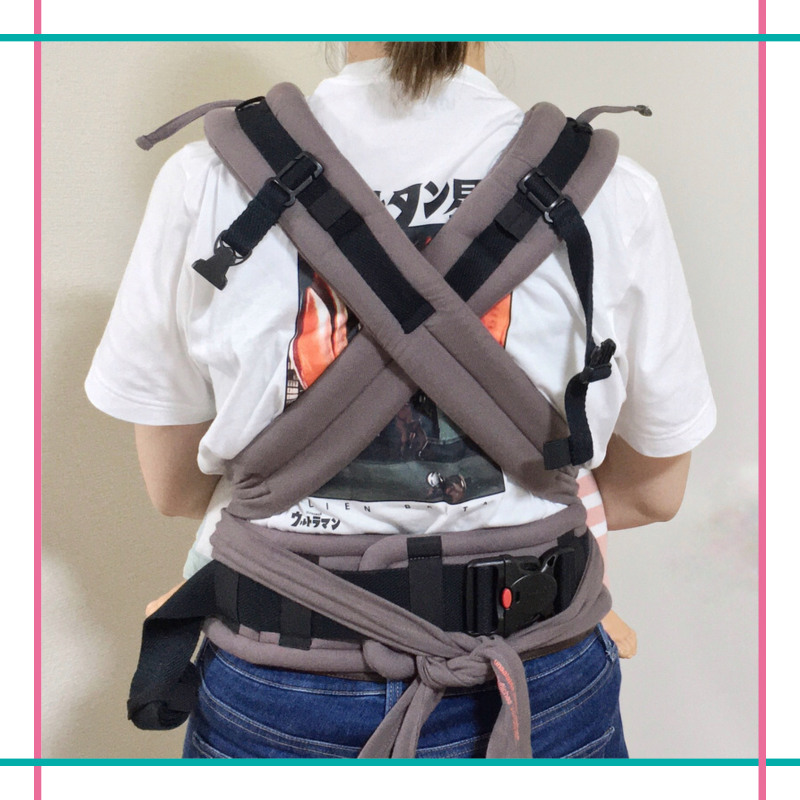

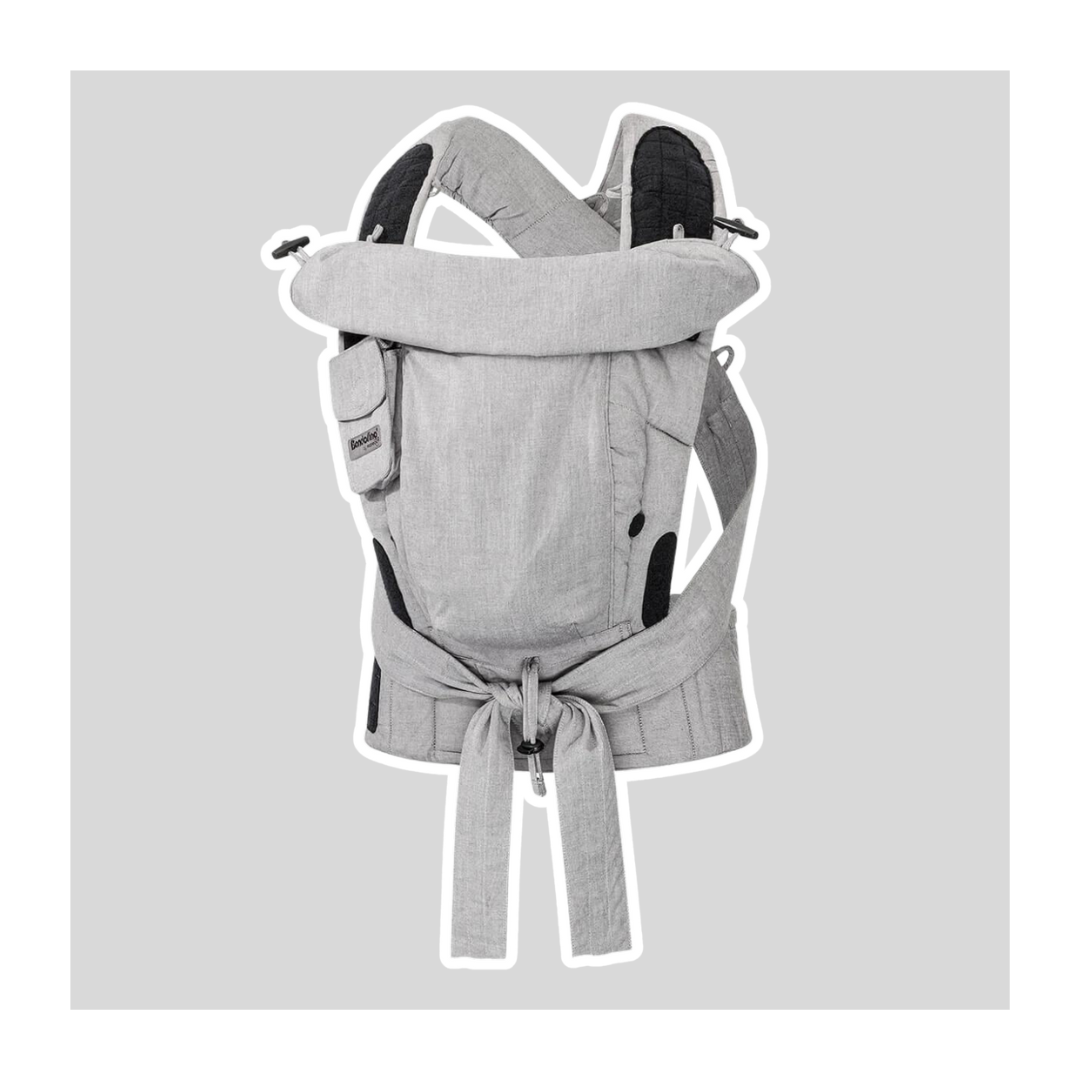
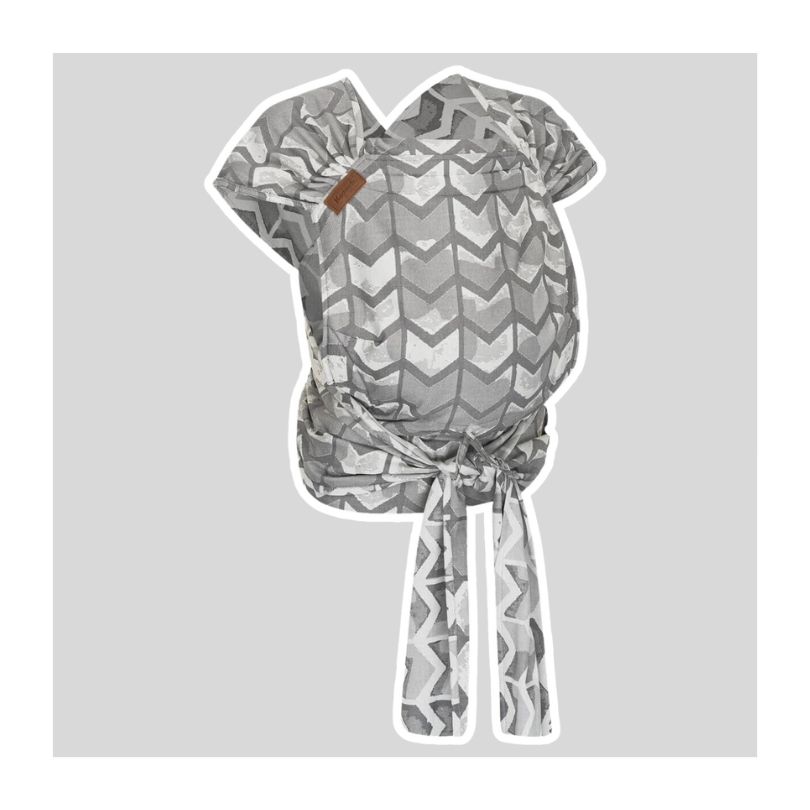
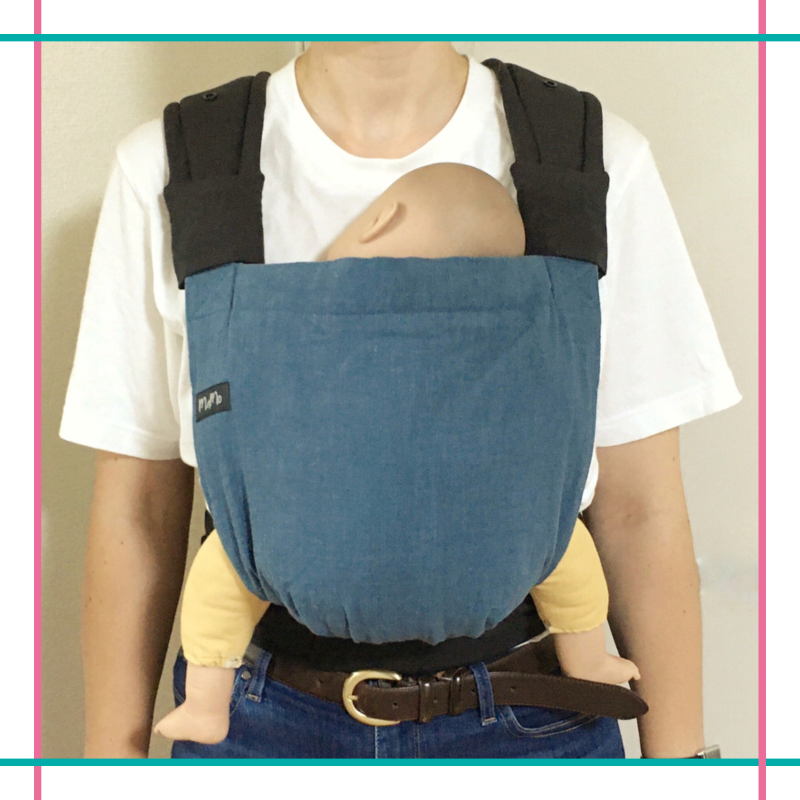
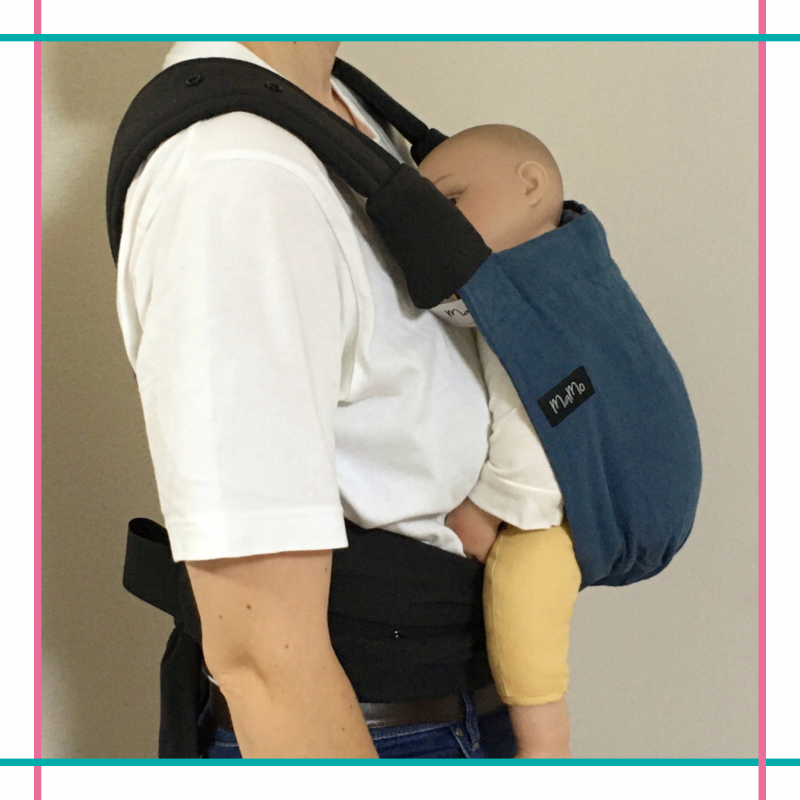
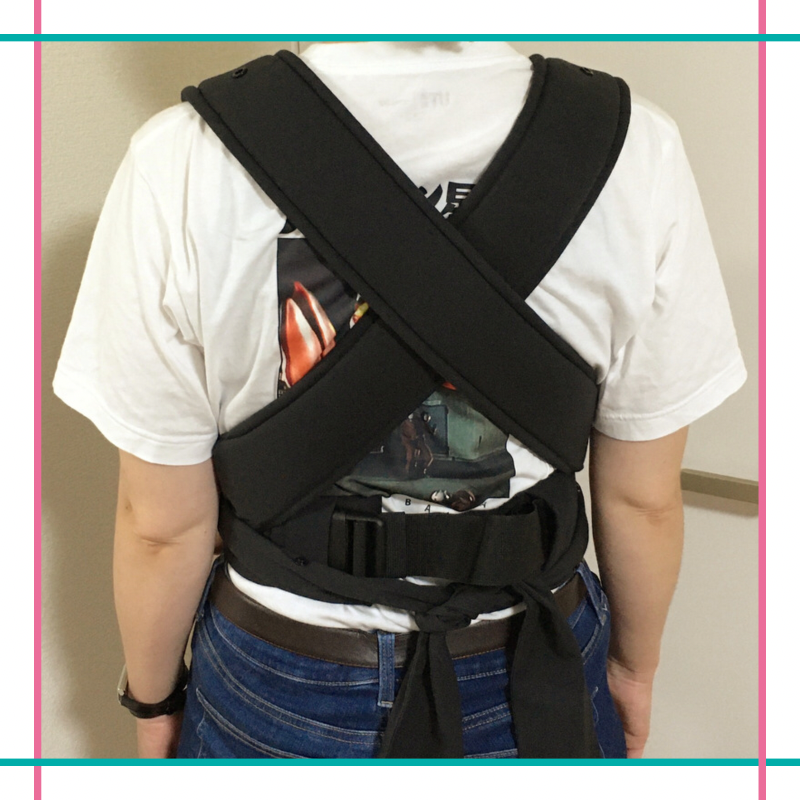
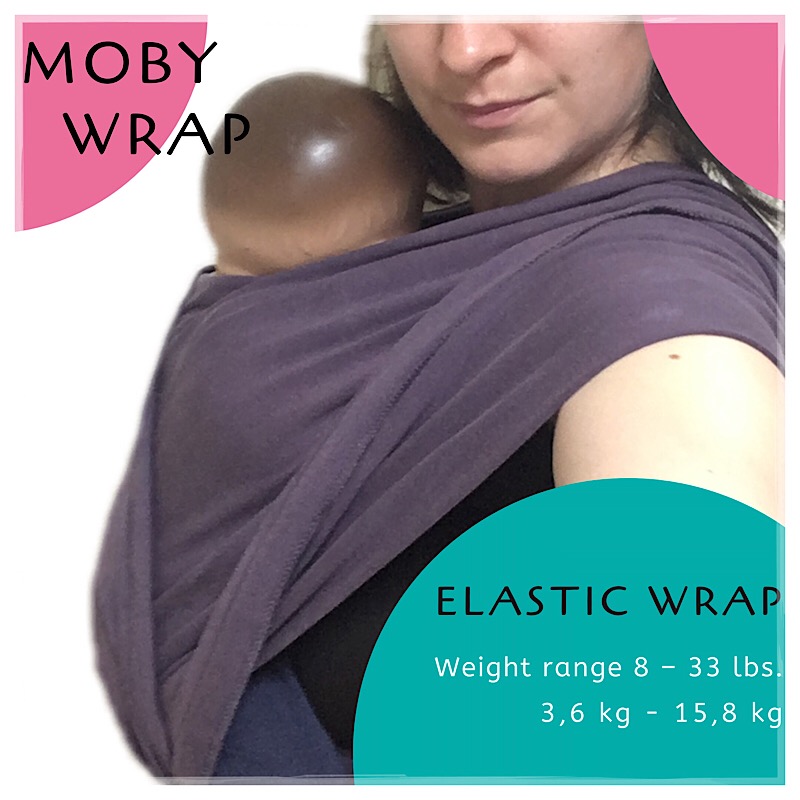
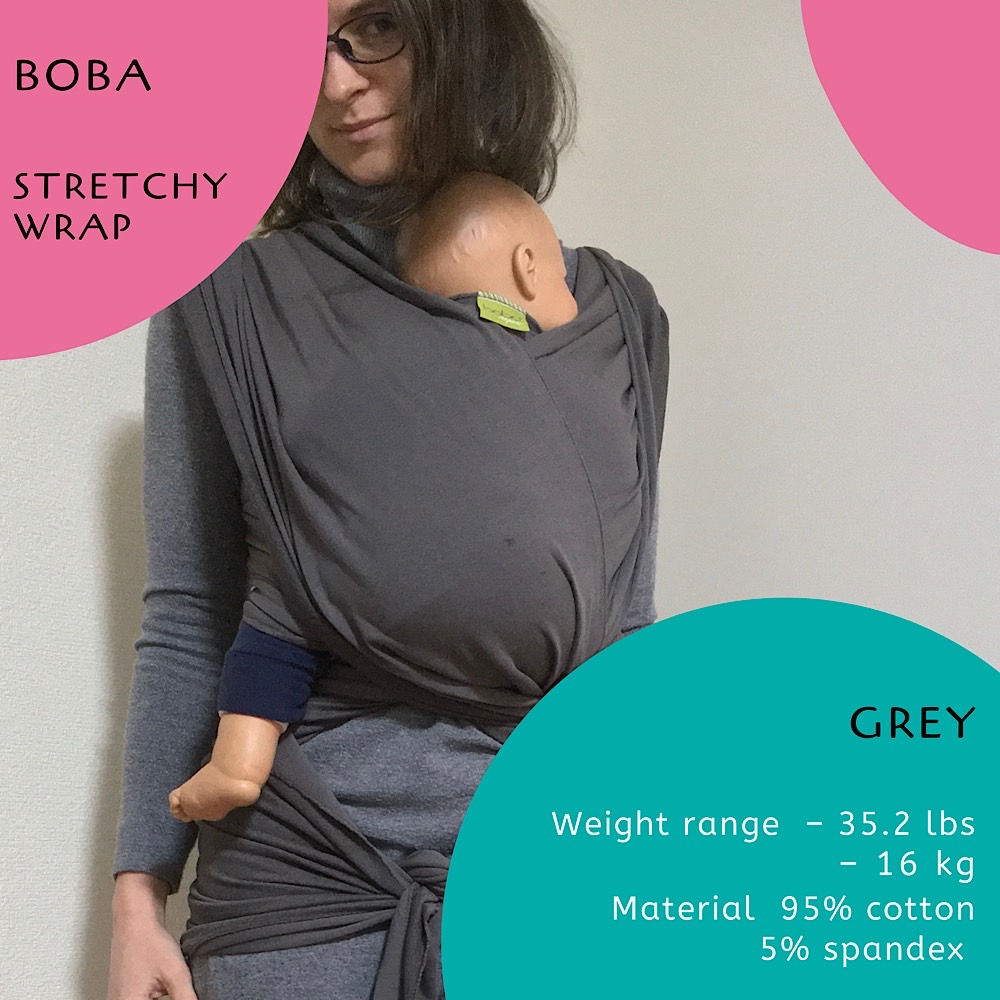
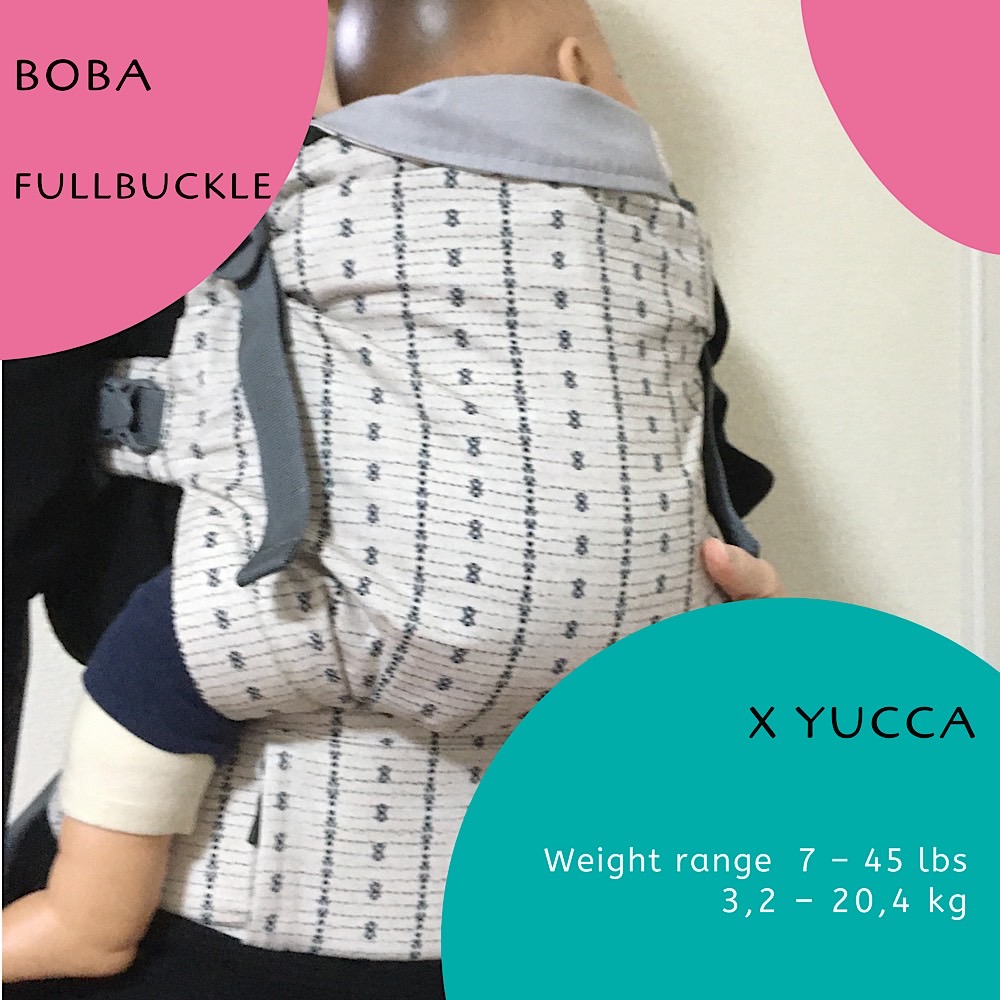


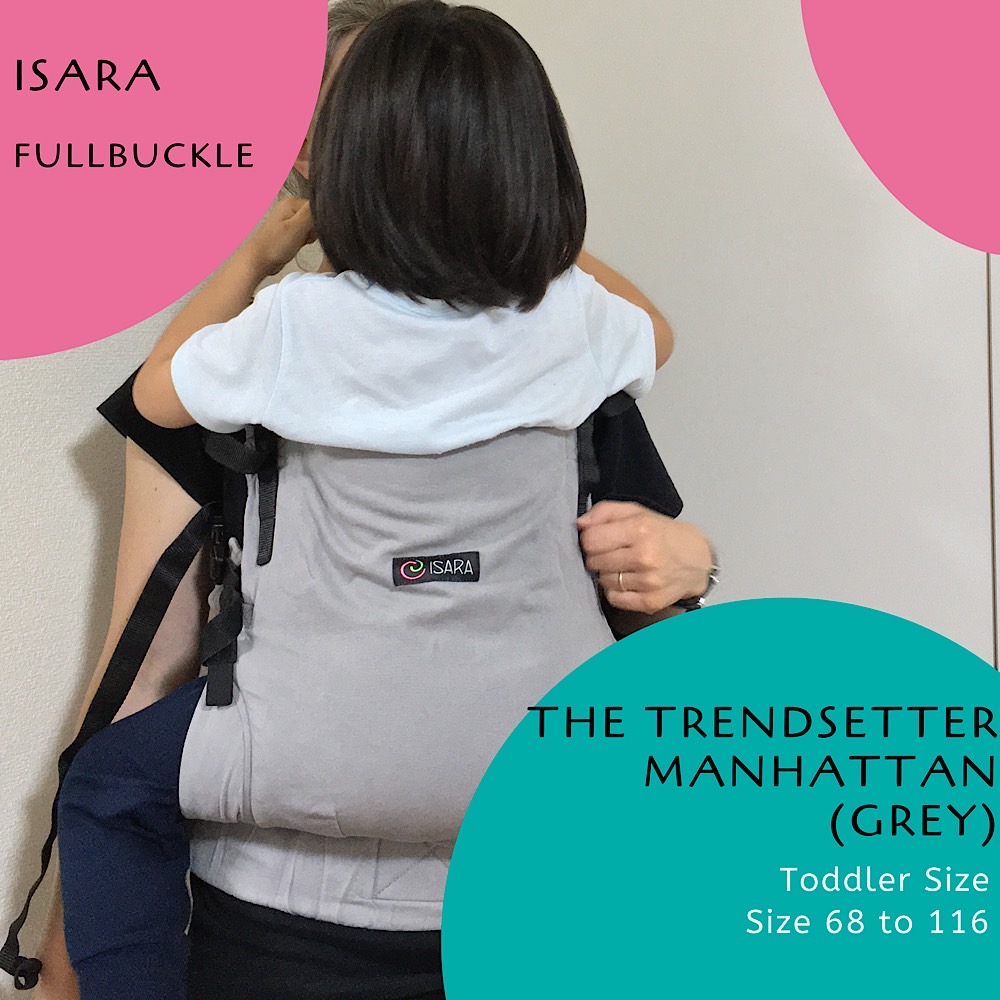

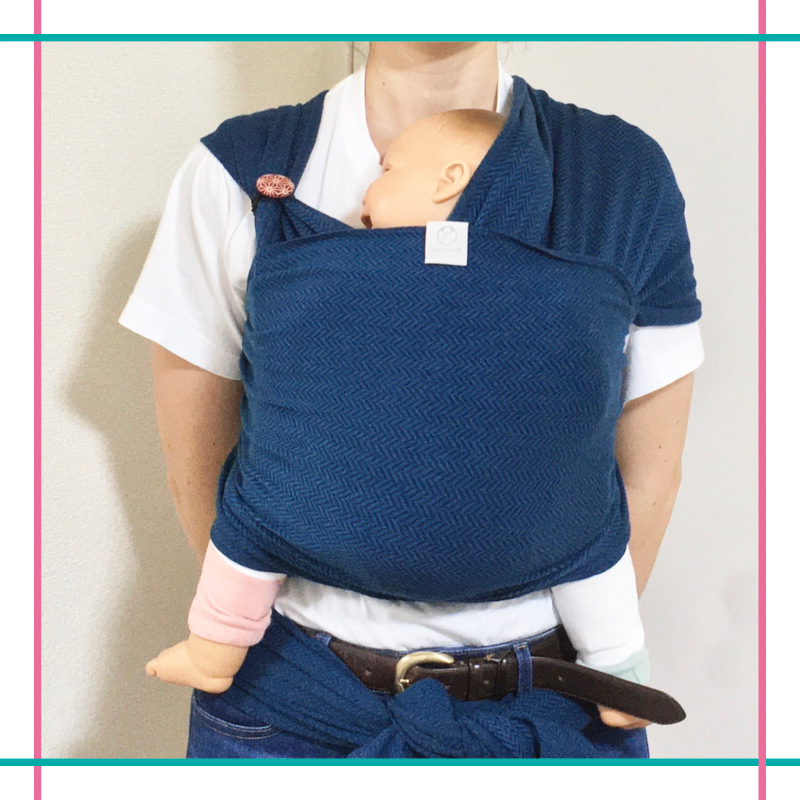
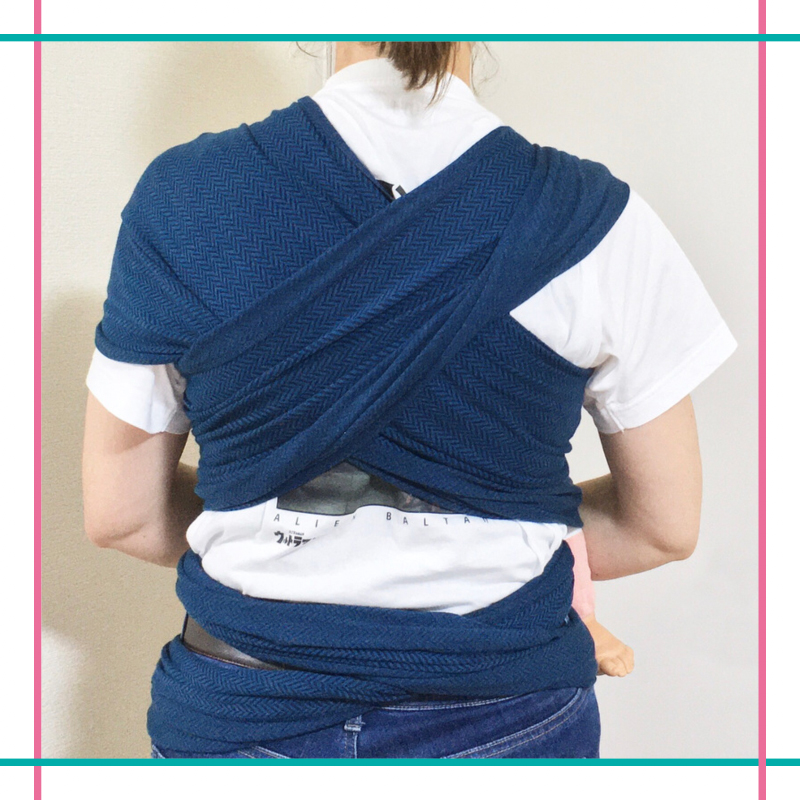

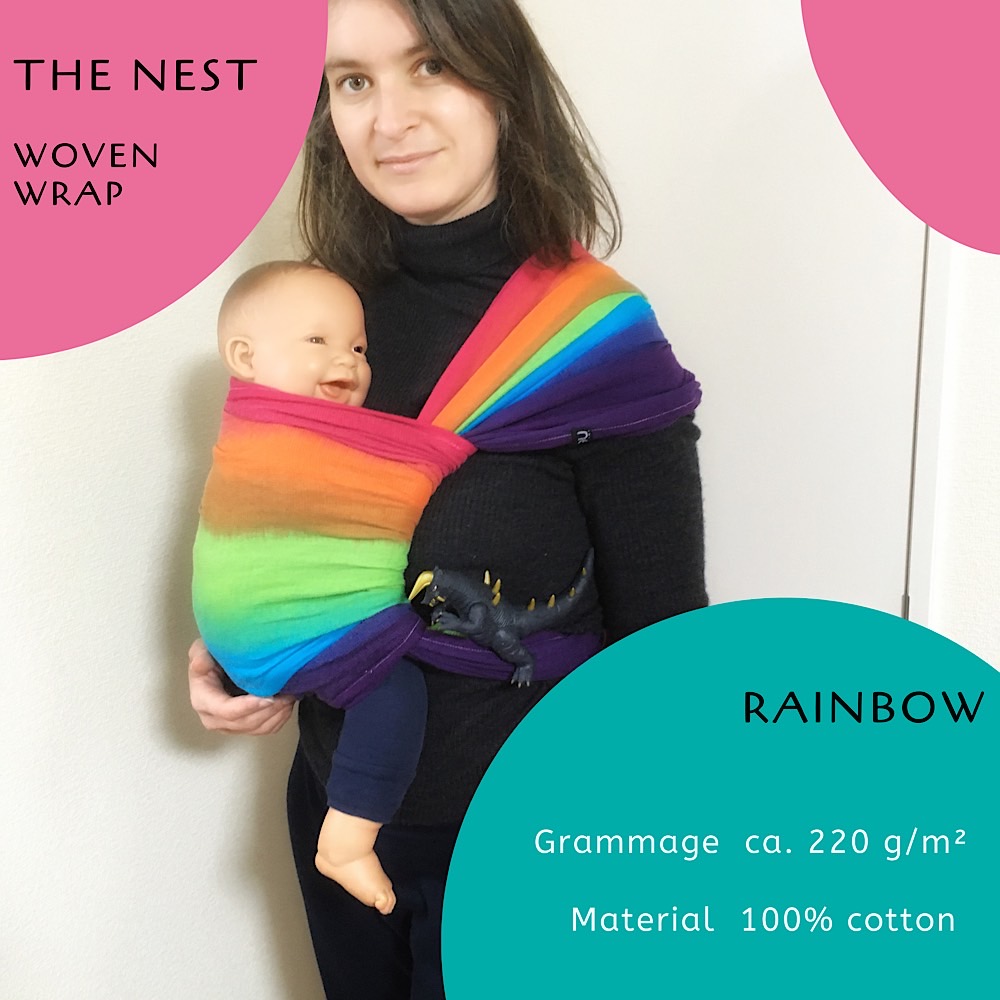
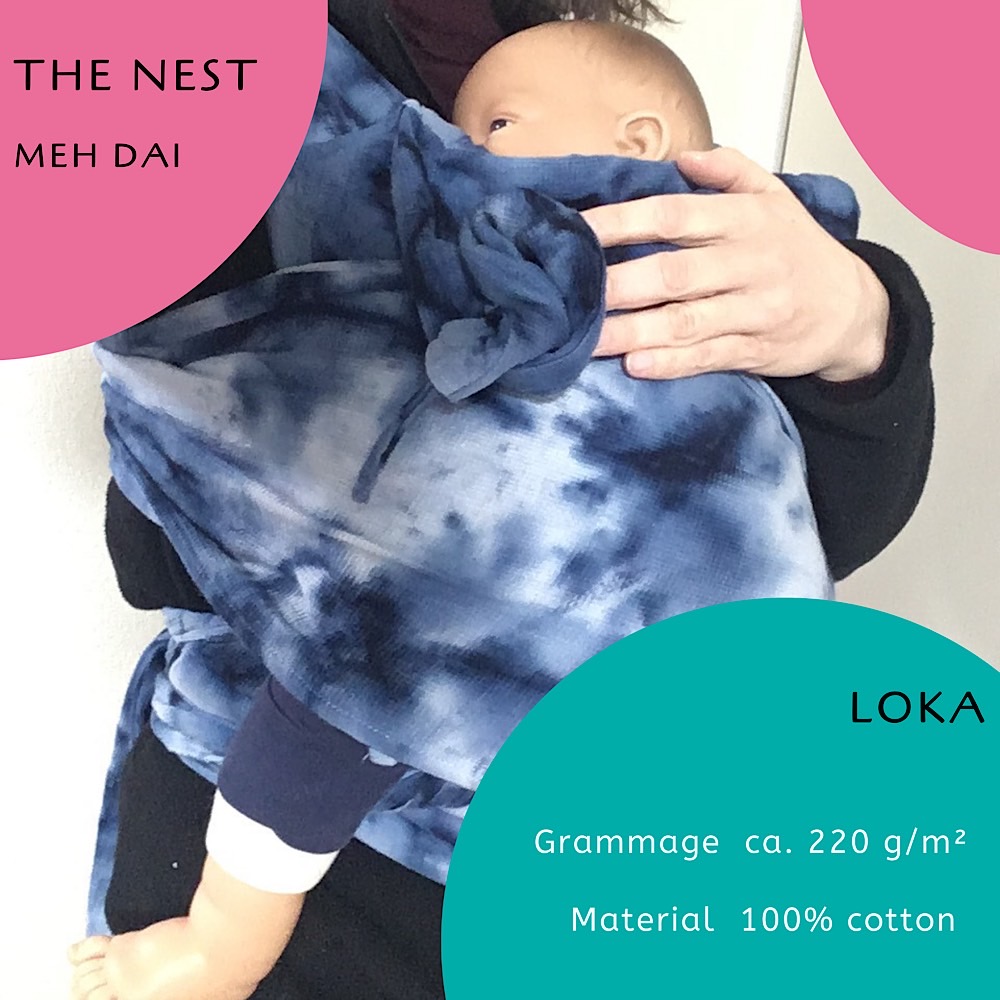
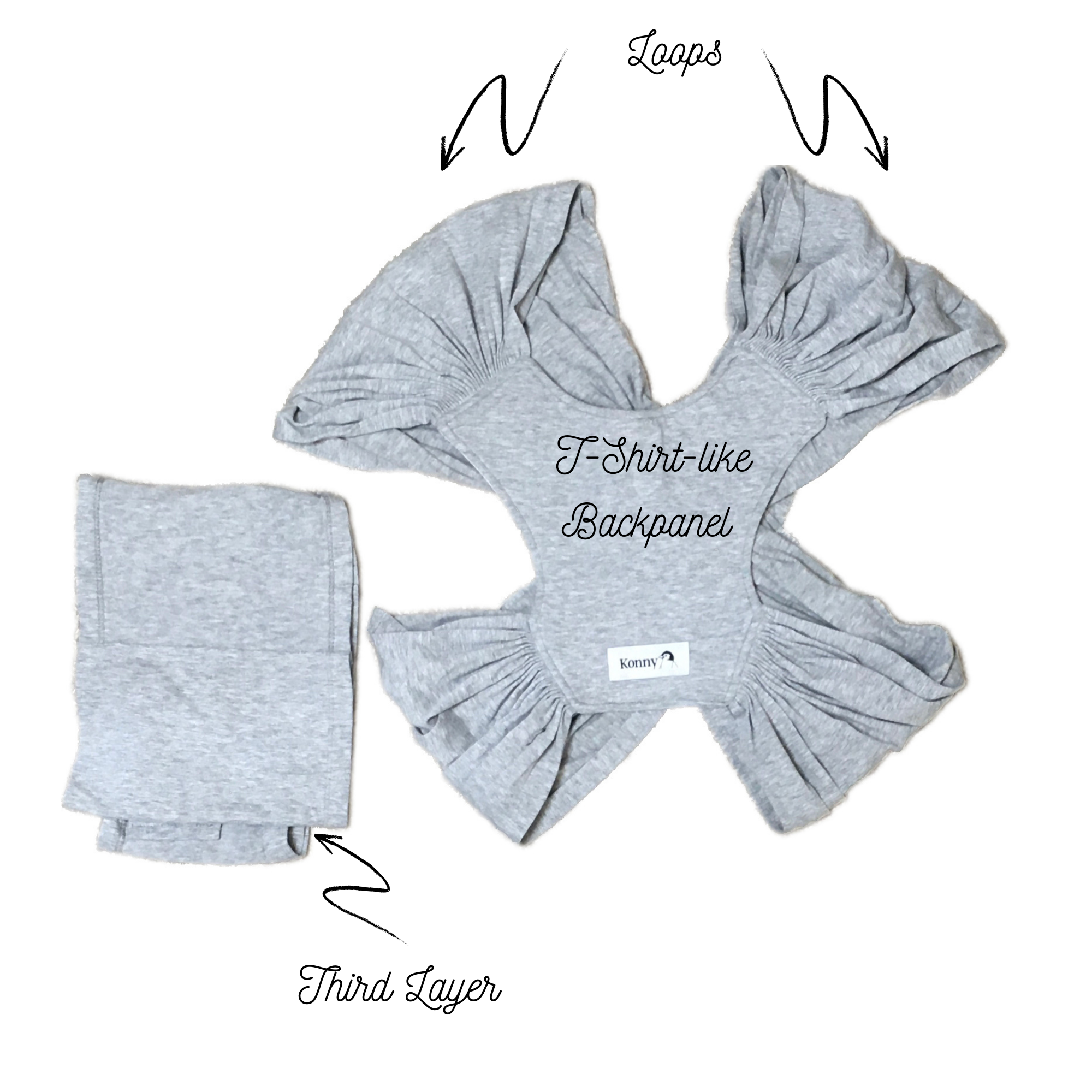 Design: Grey
Design: Grey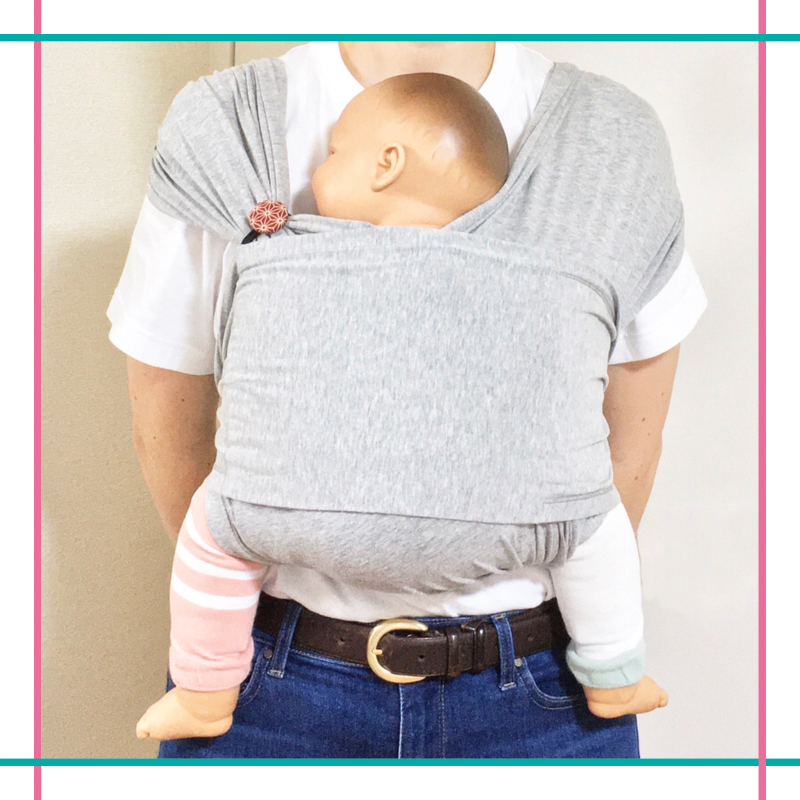
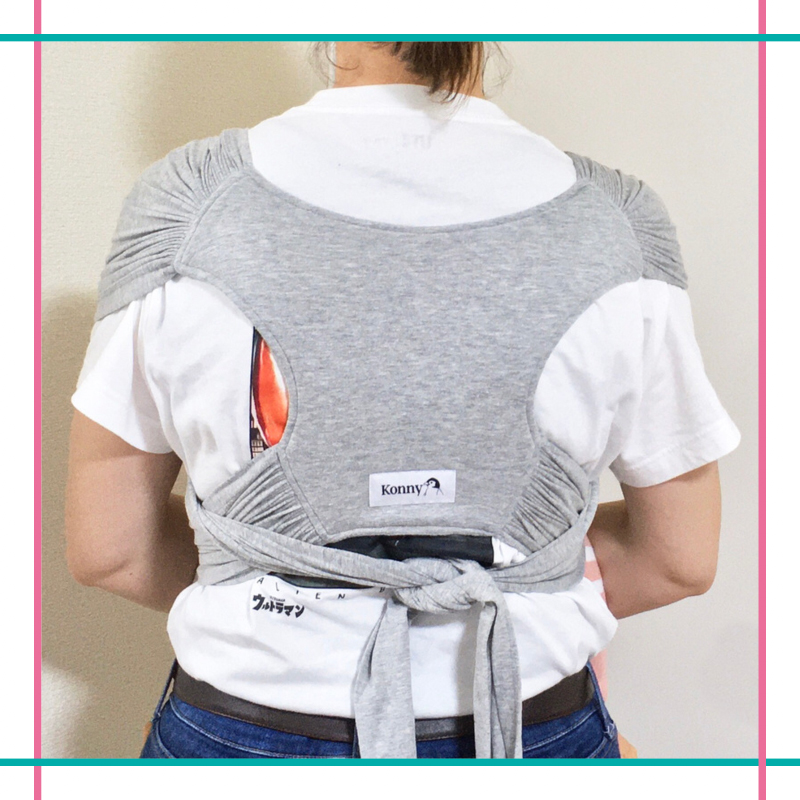
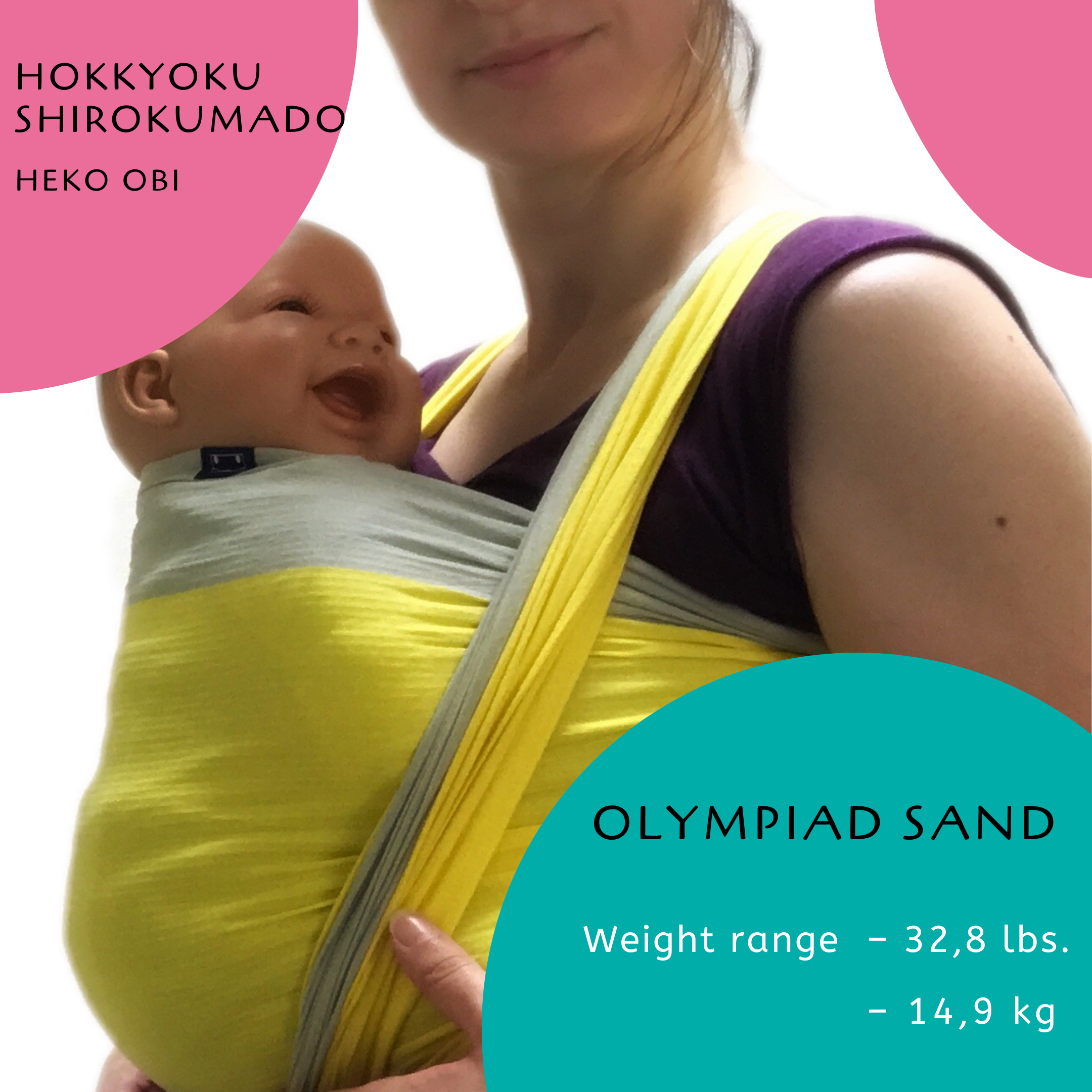
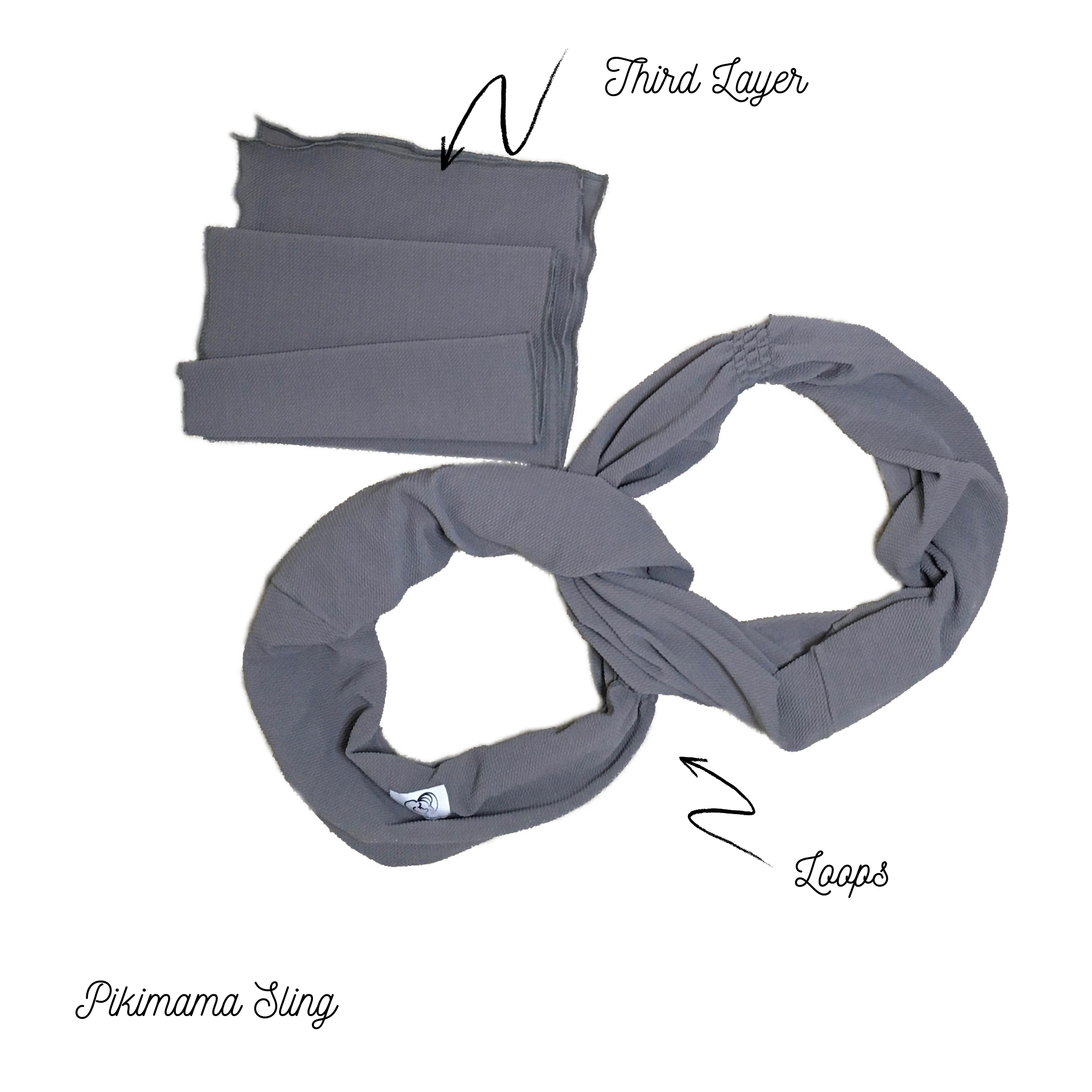 Design: Grey
Design: Grey